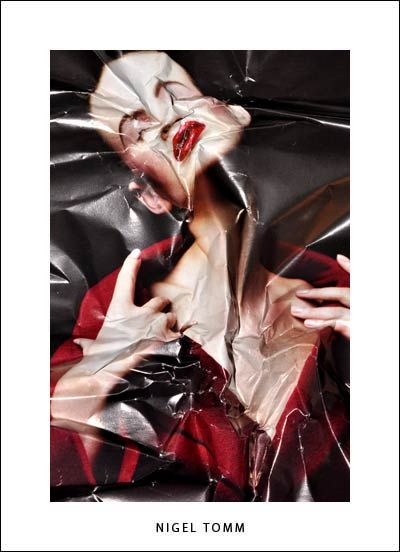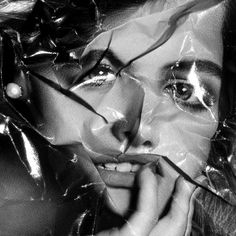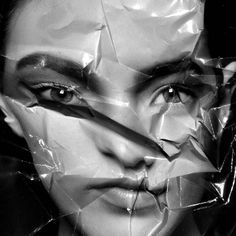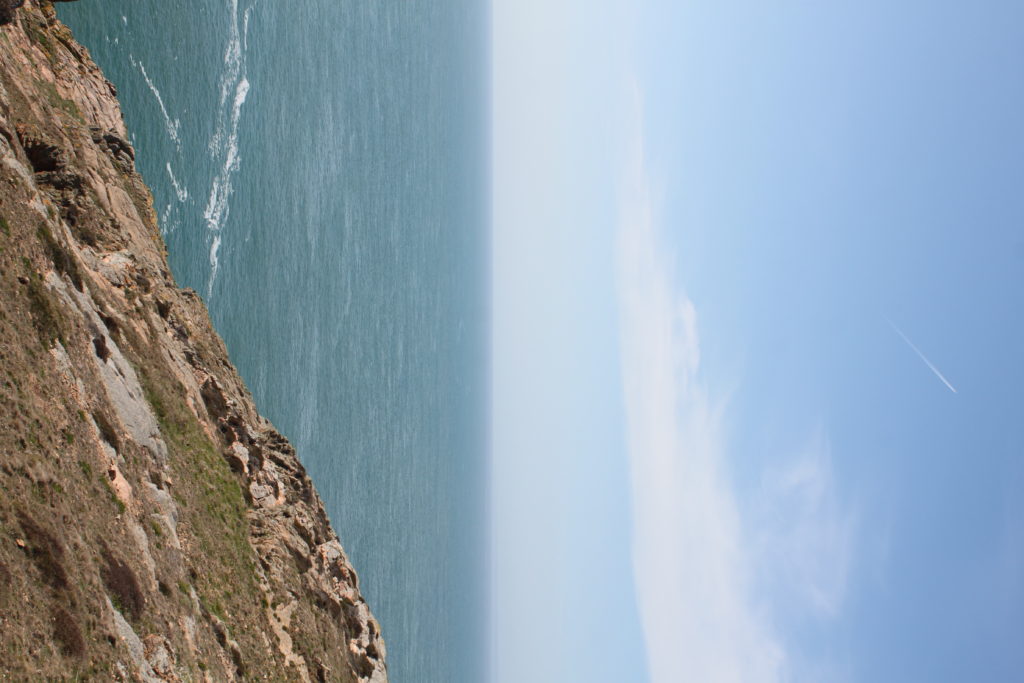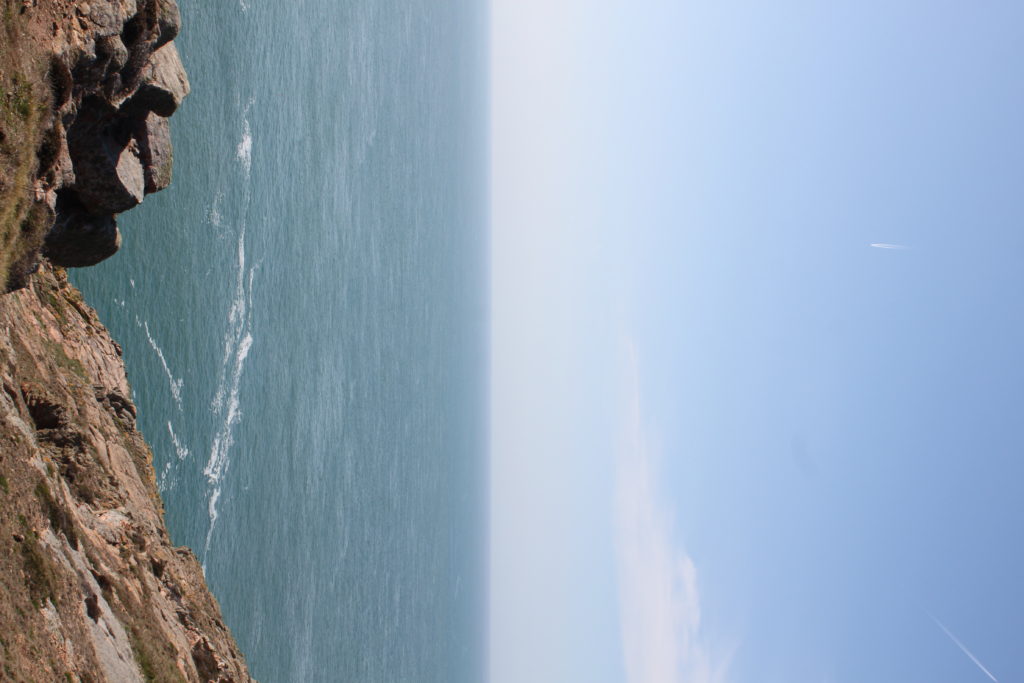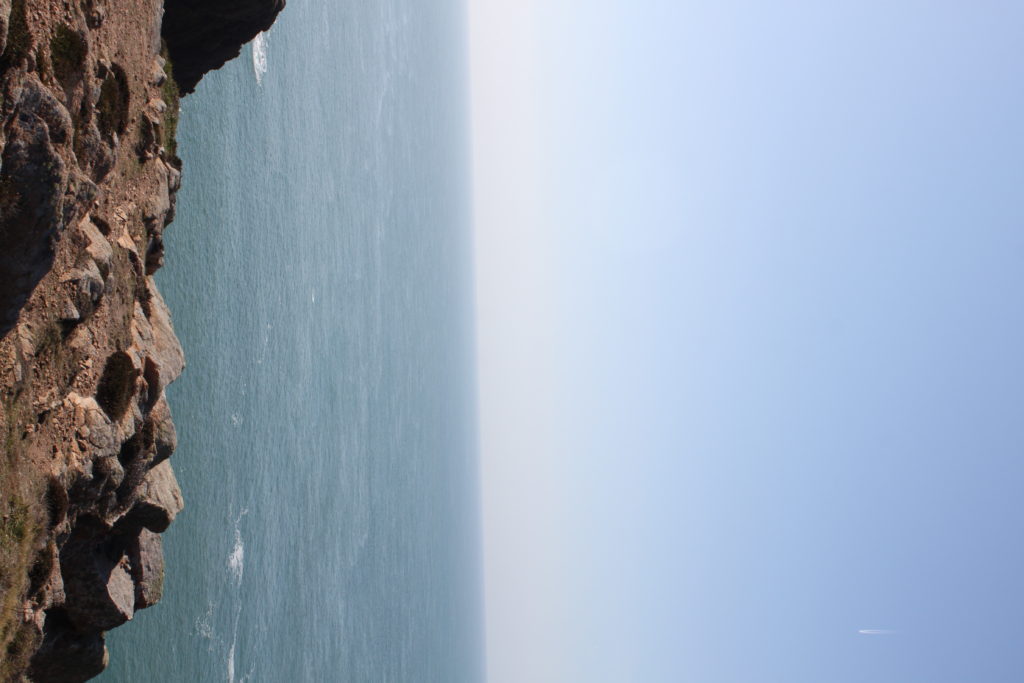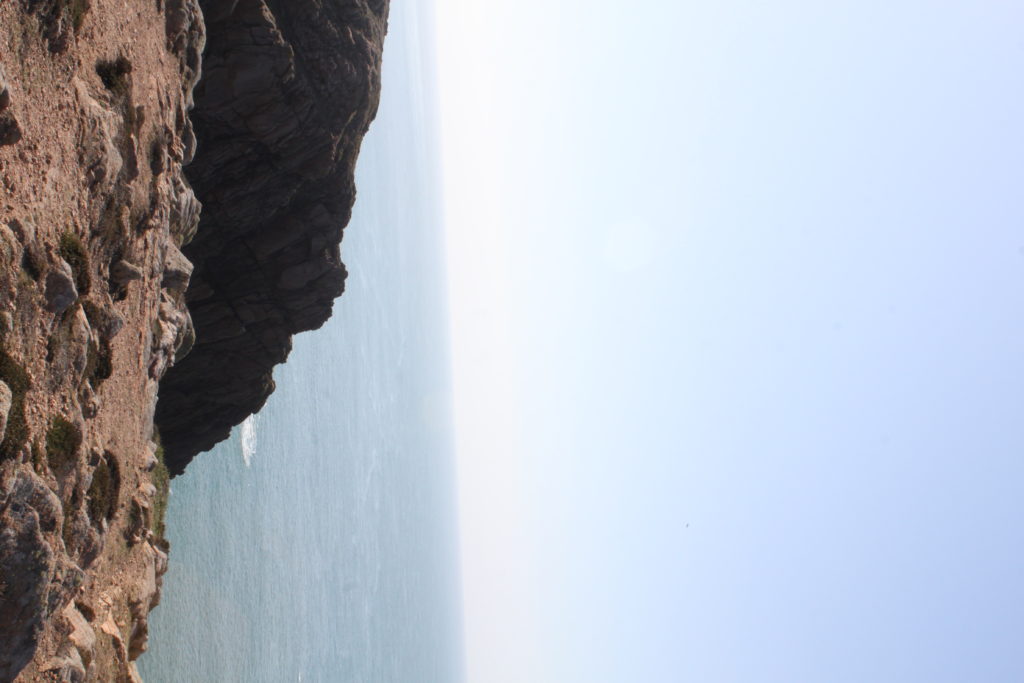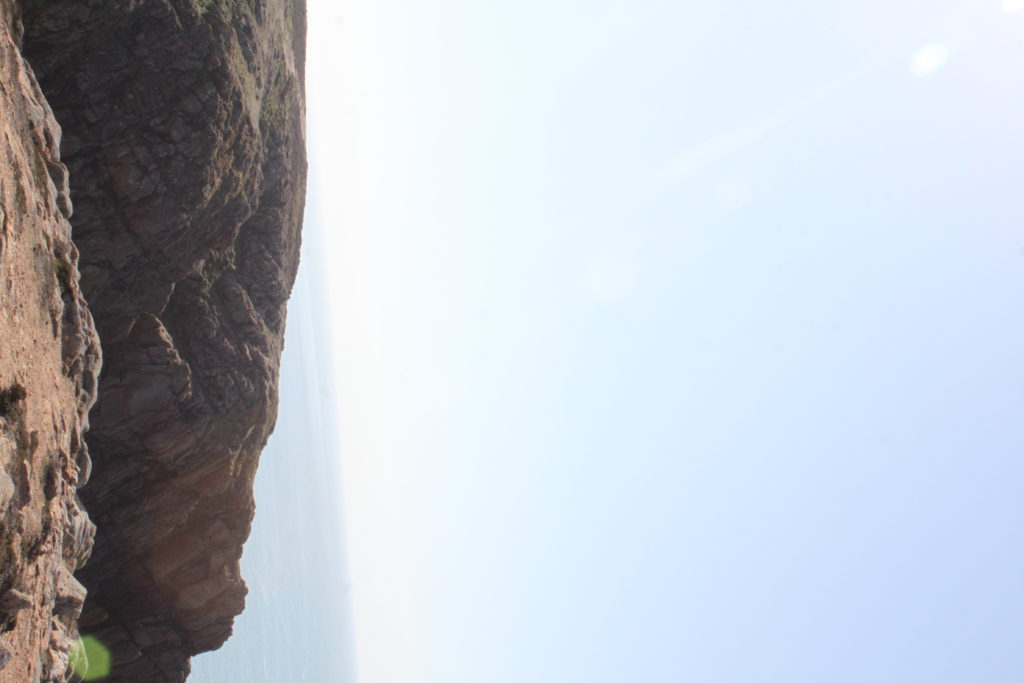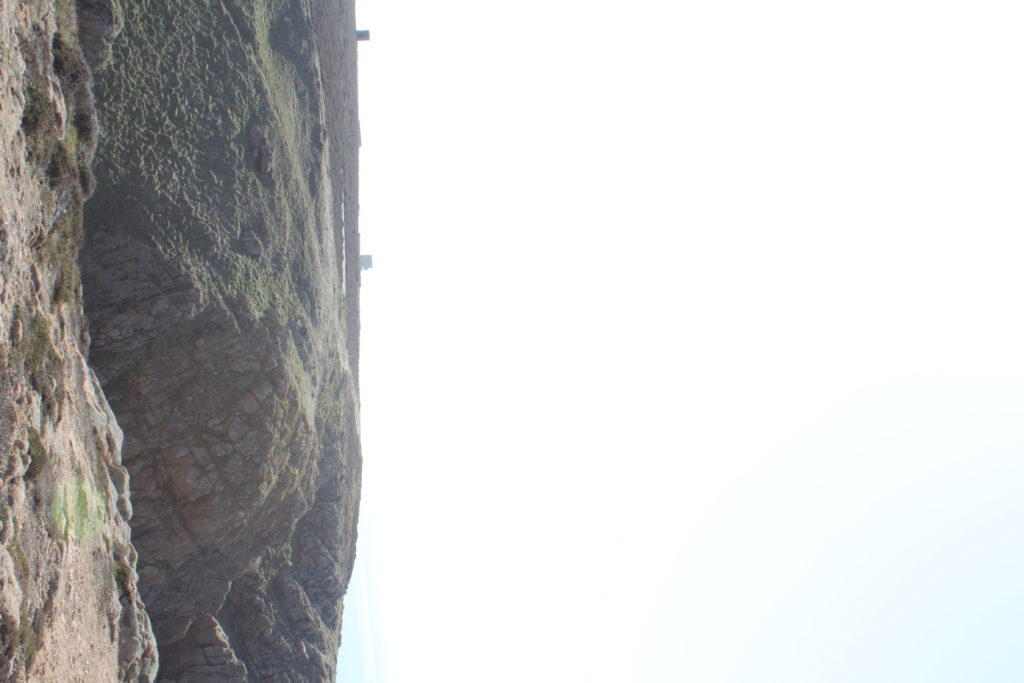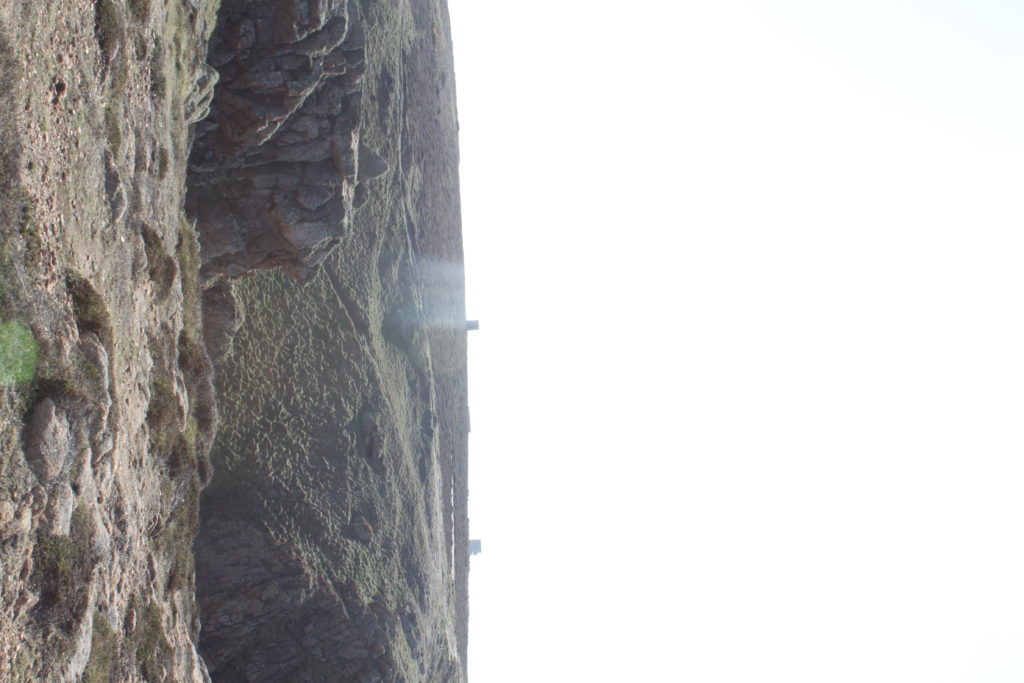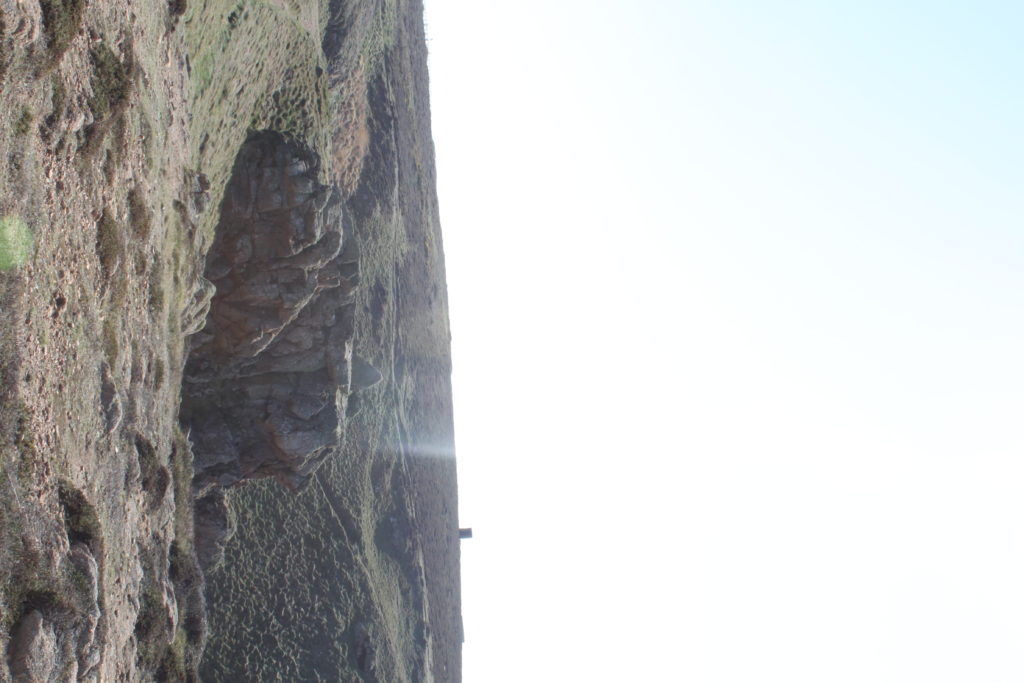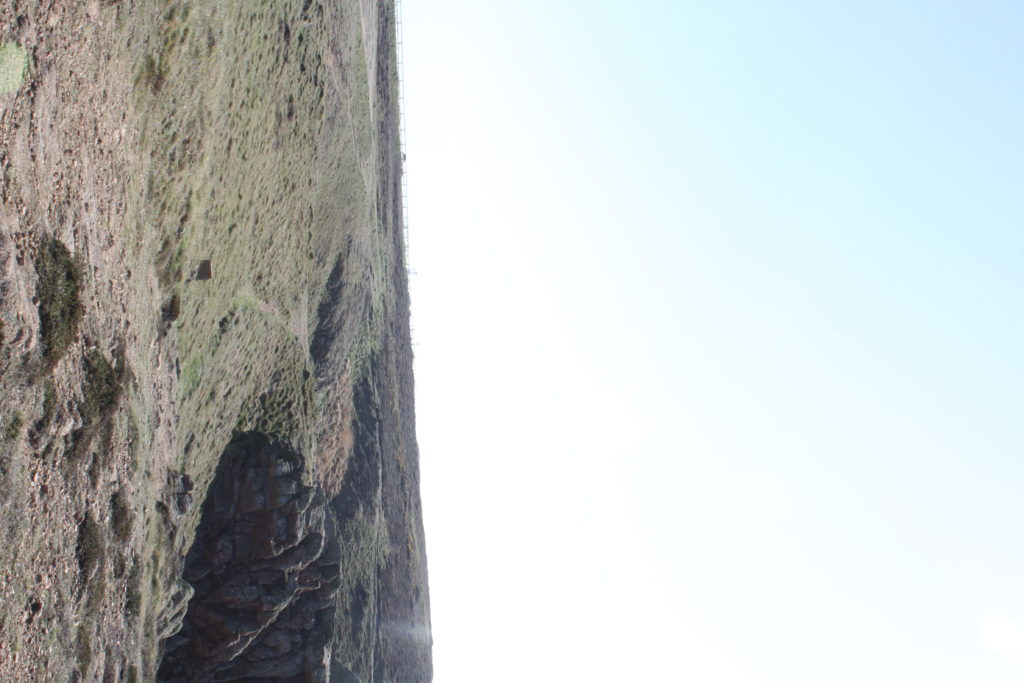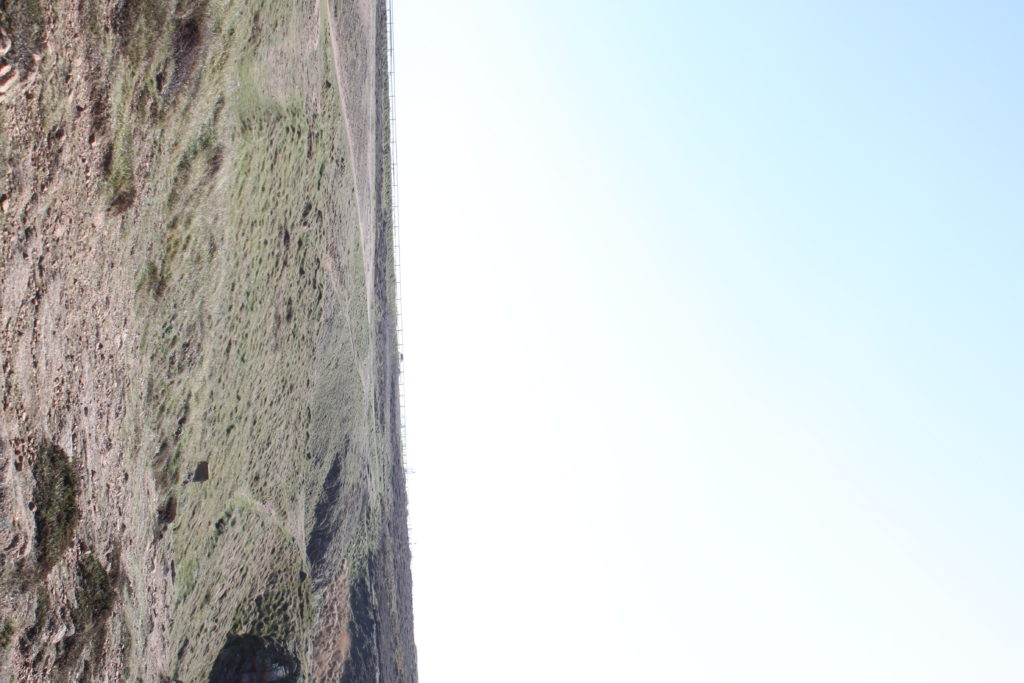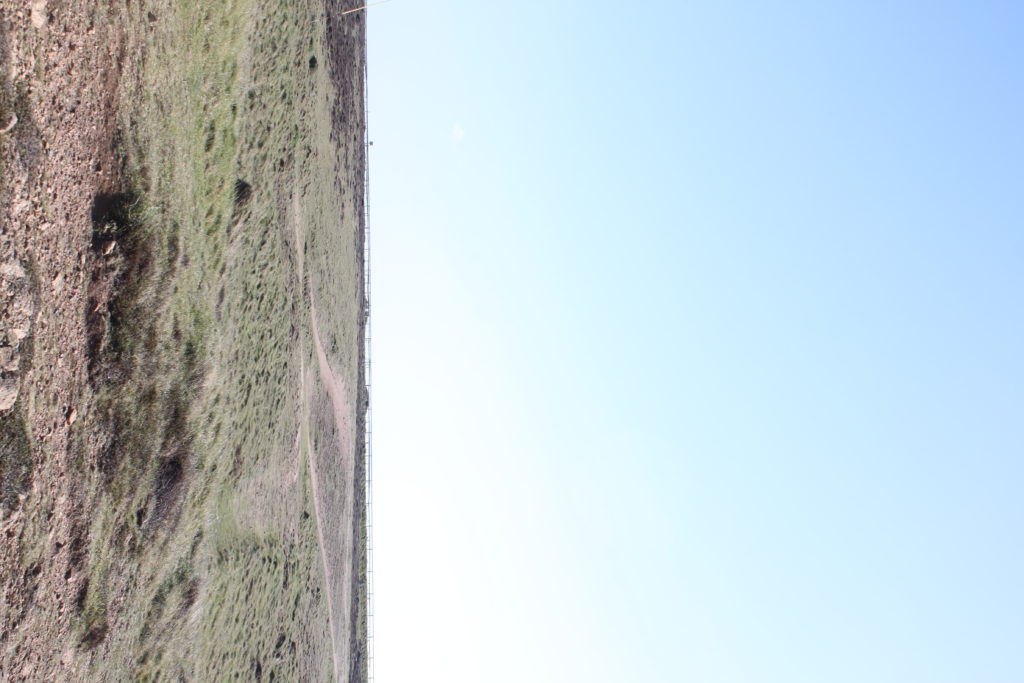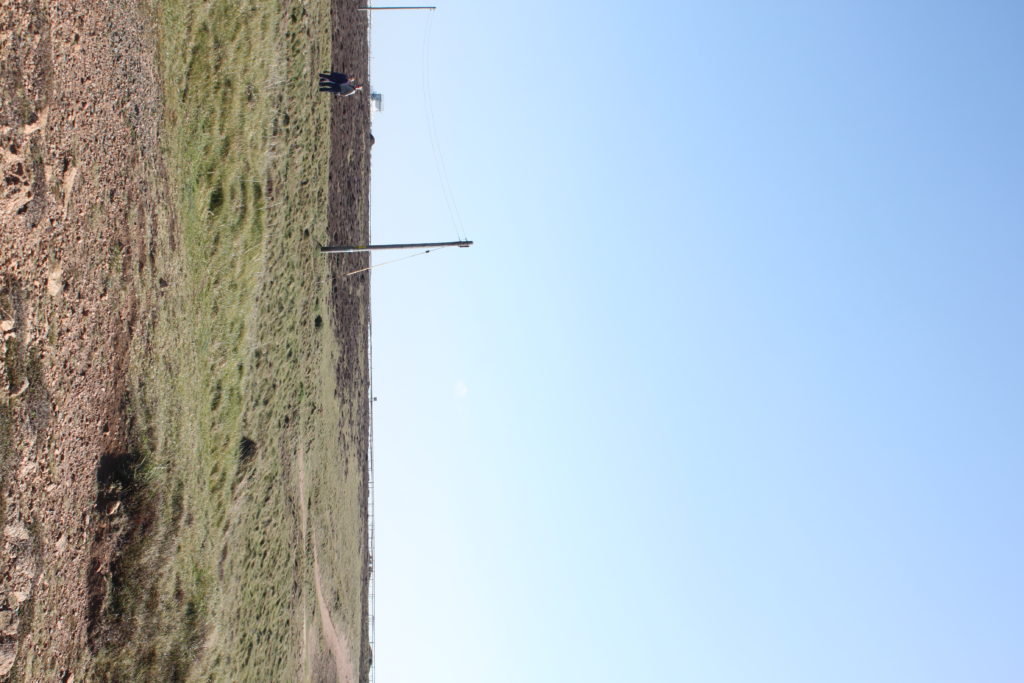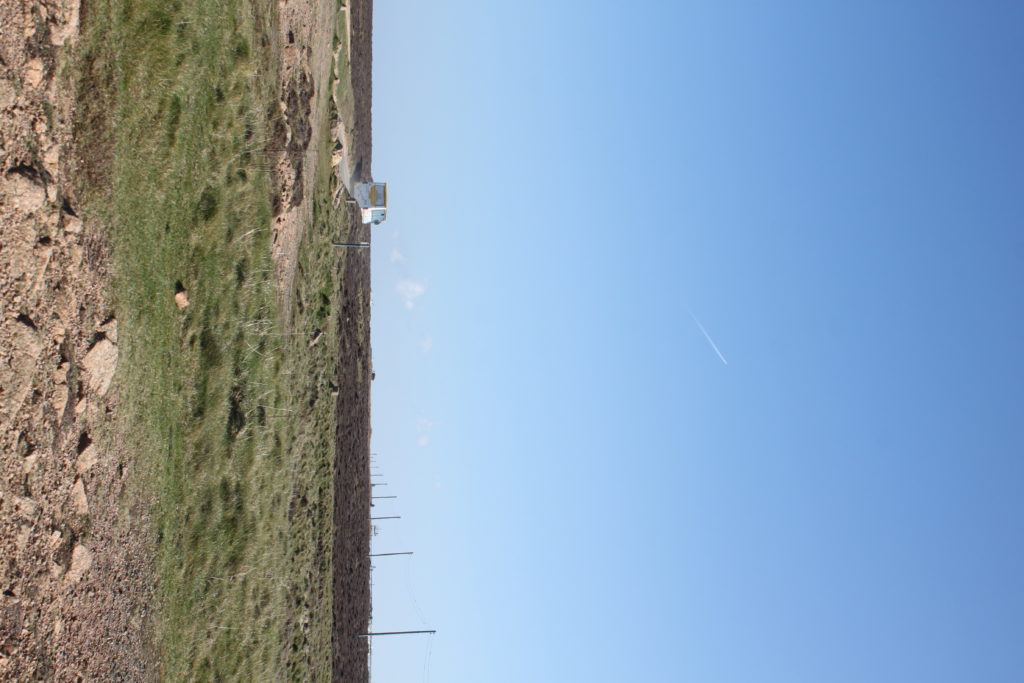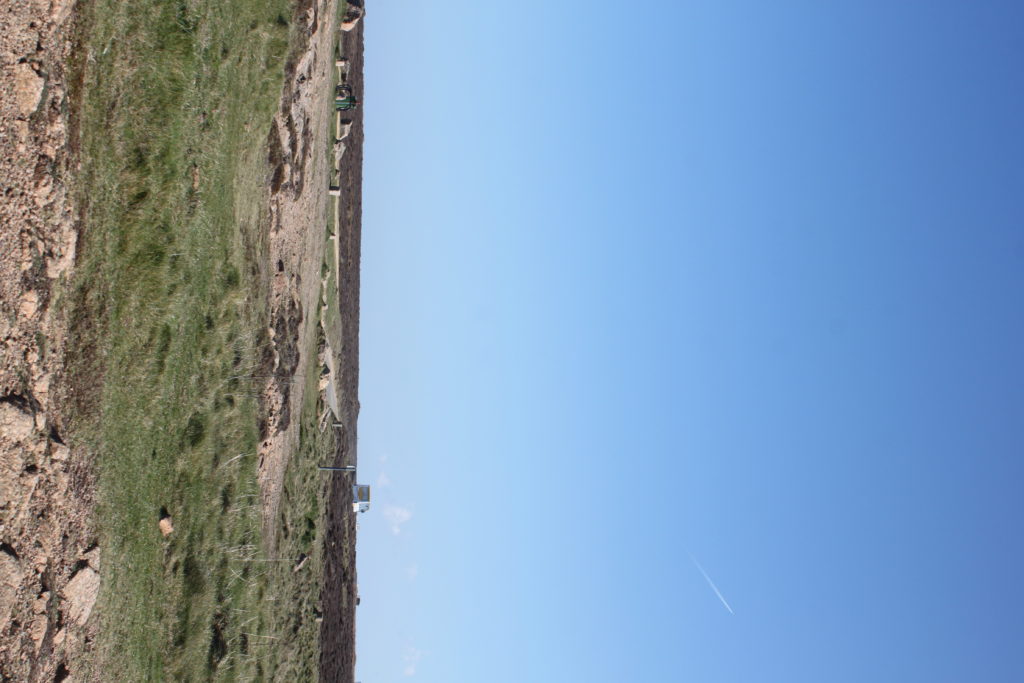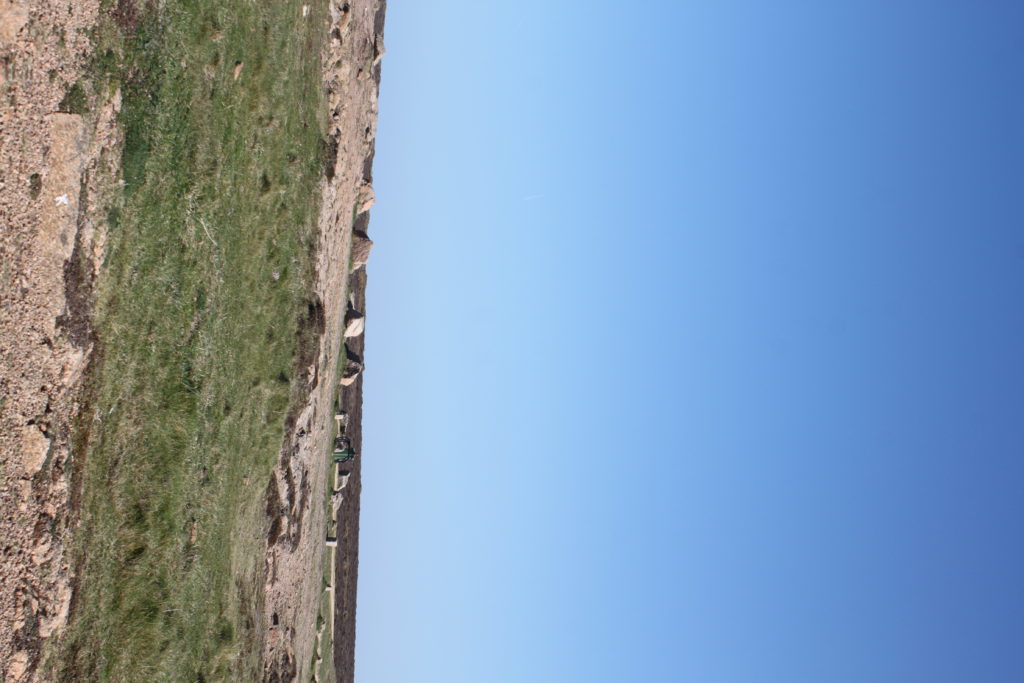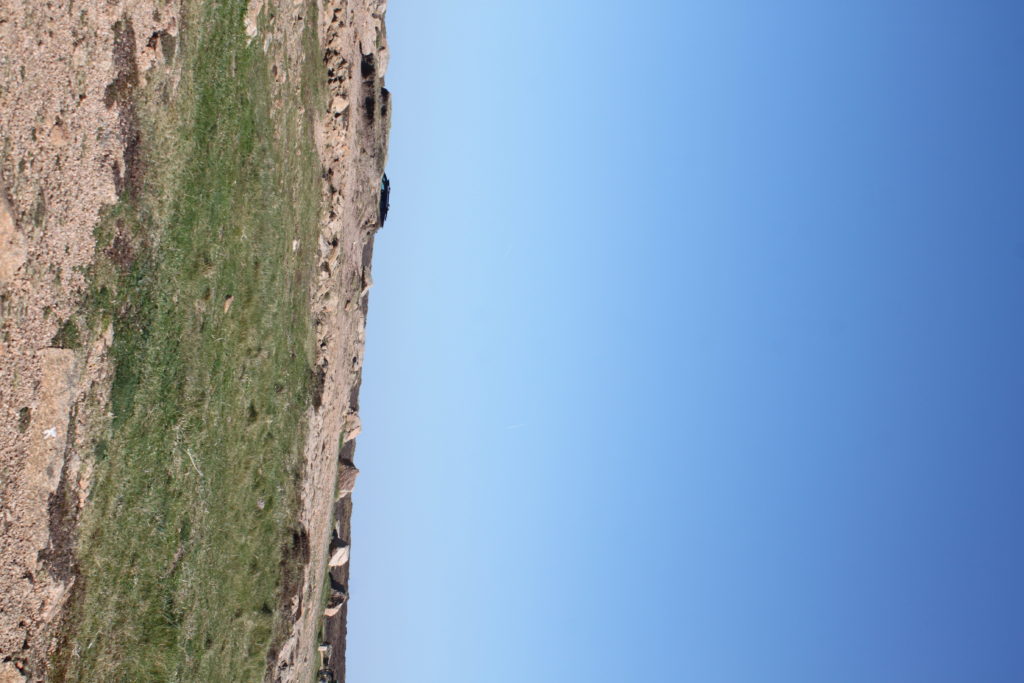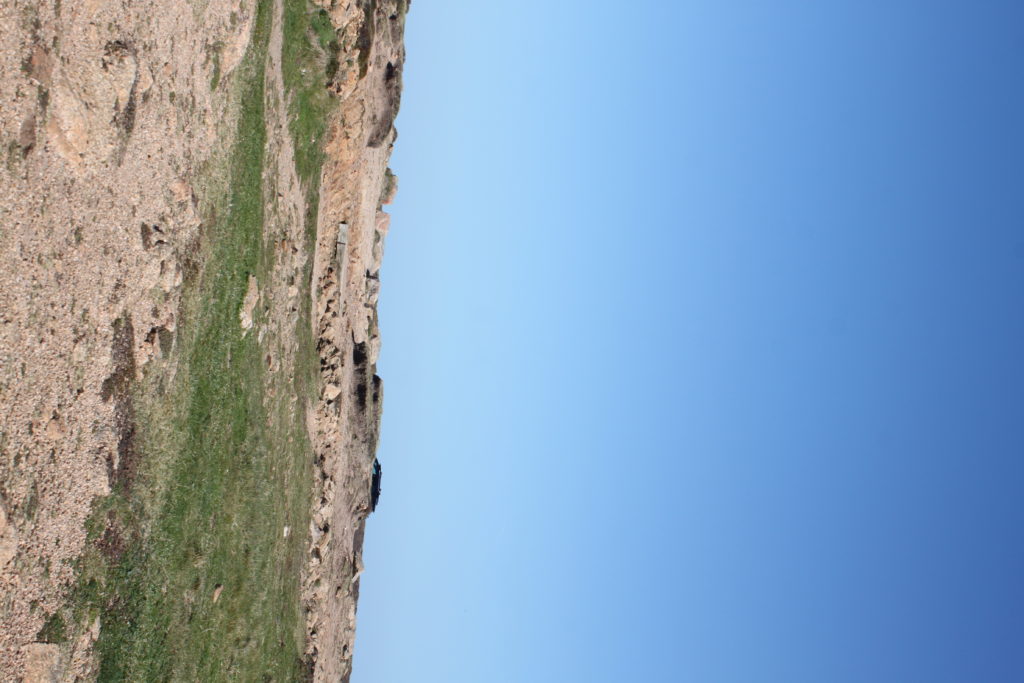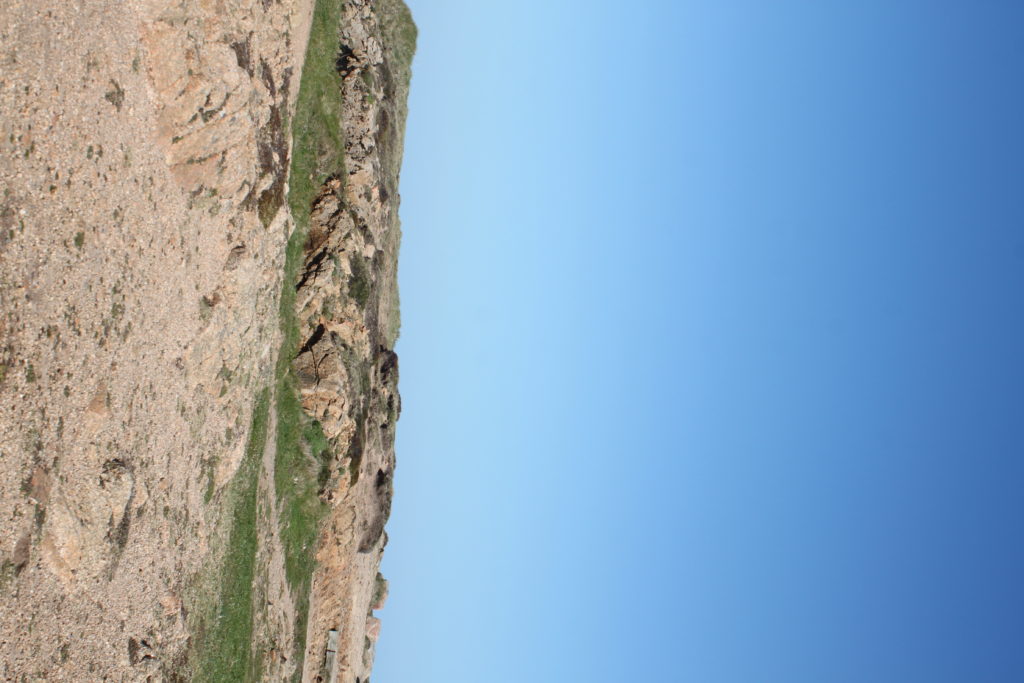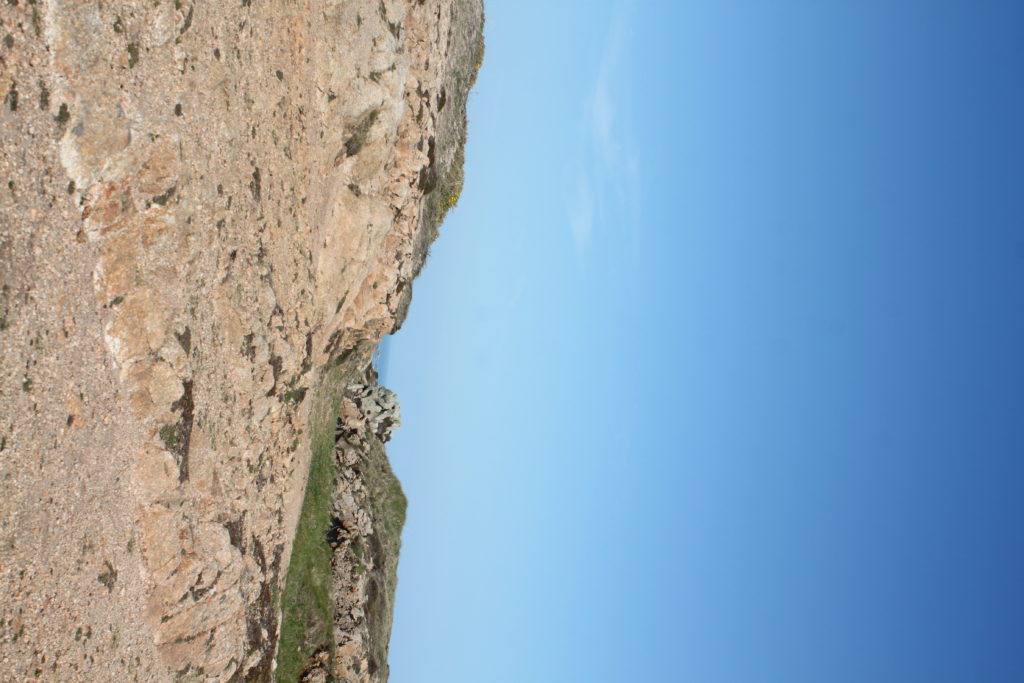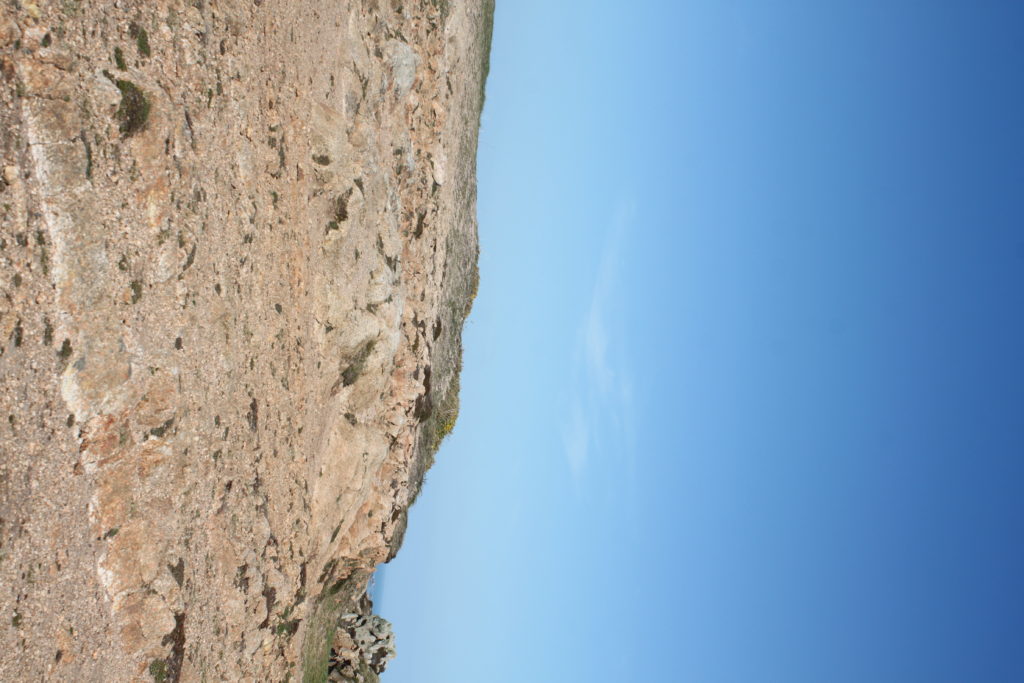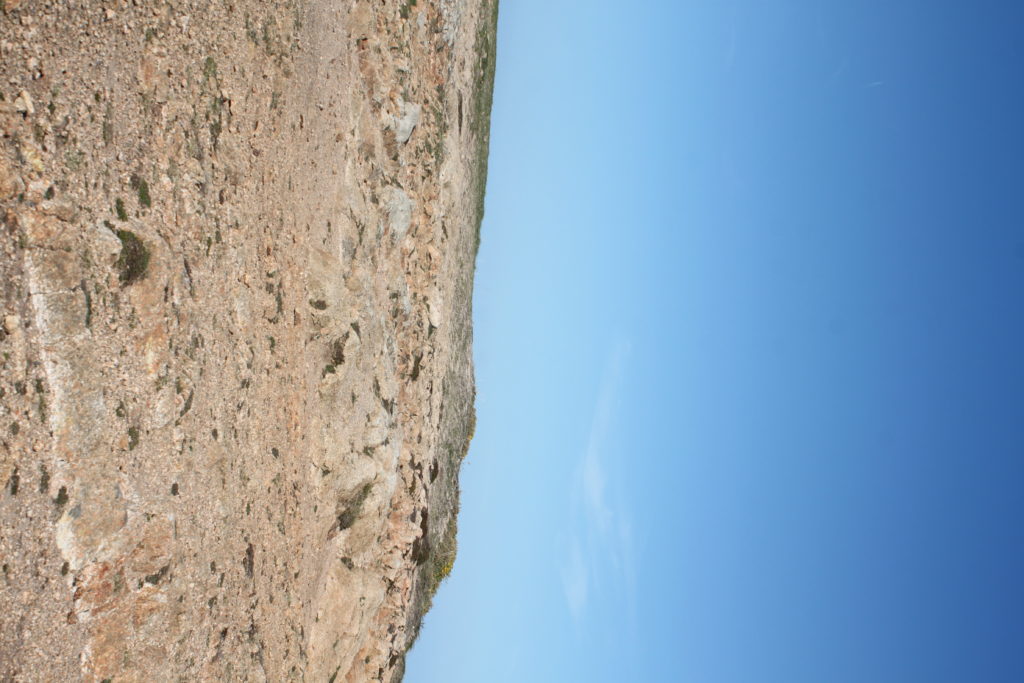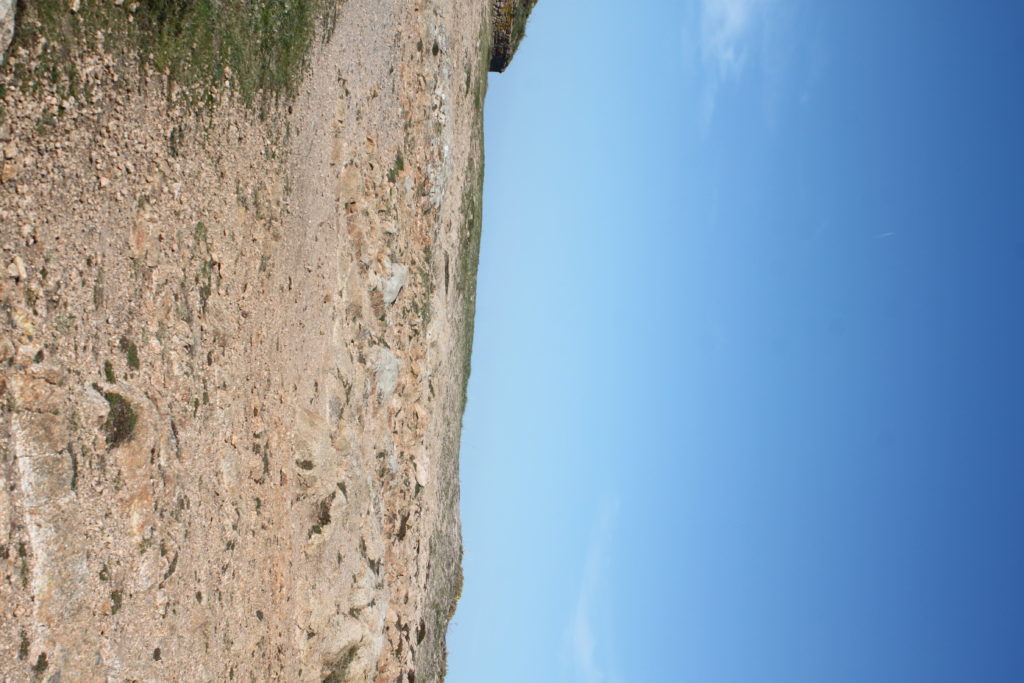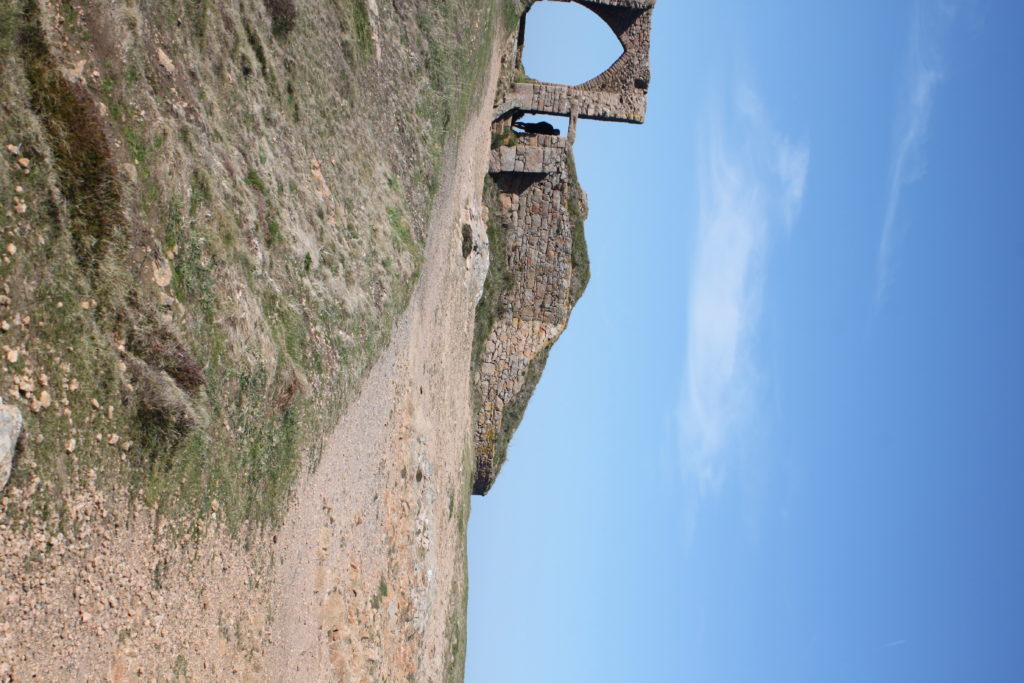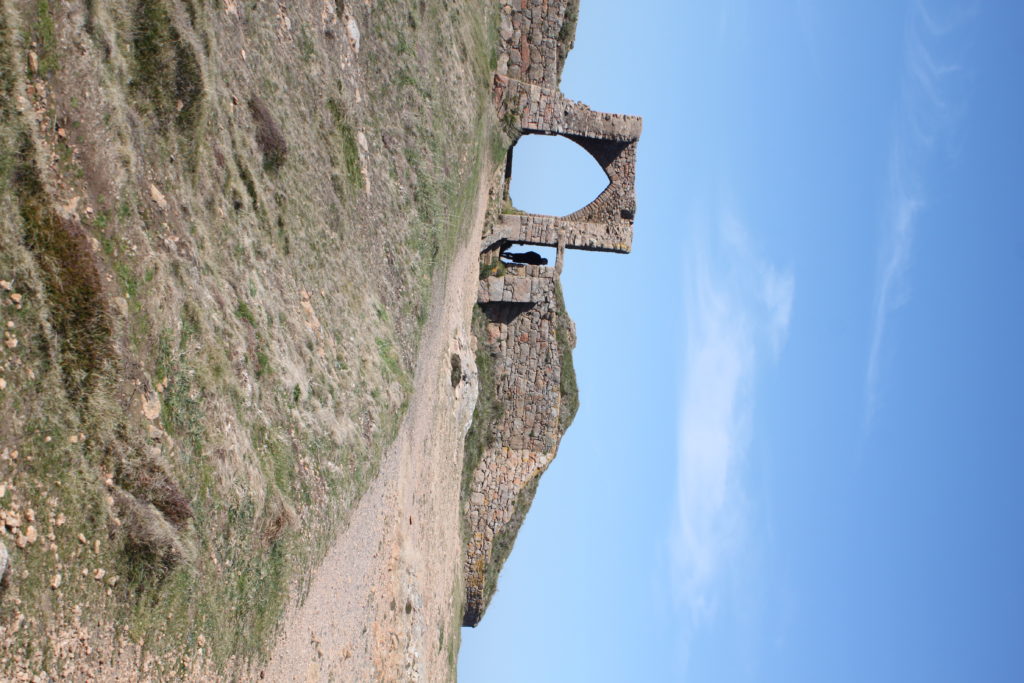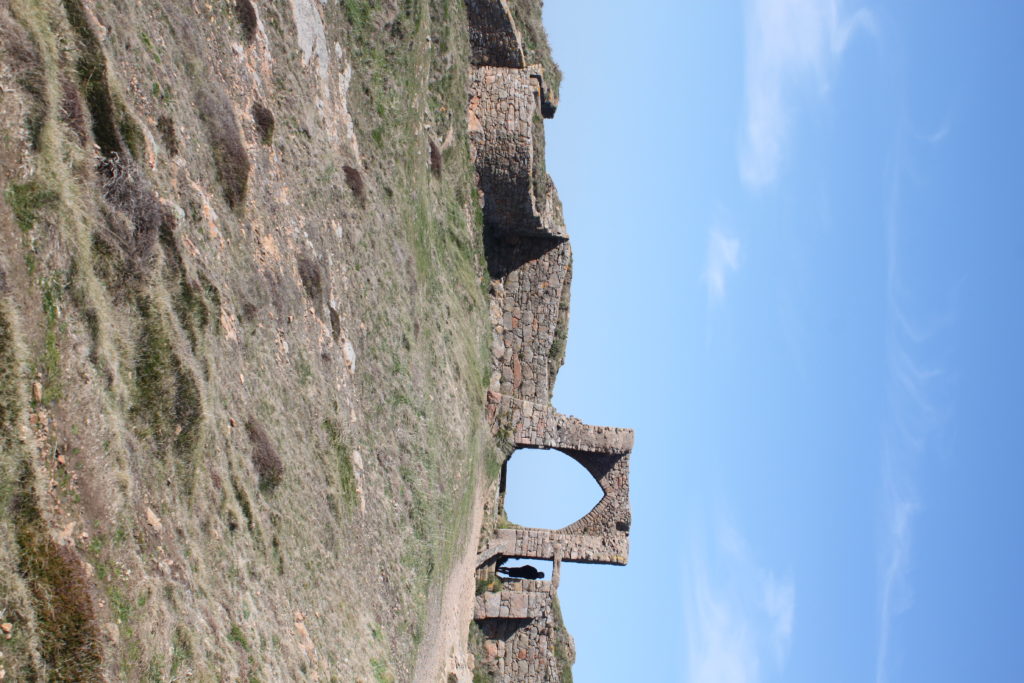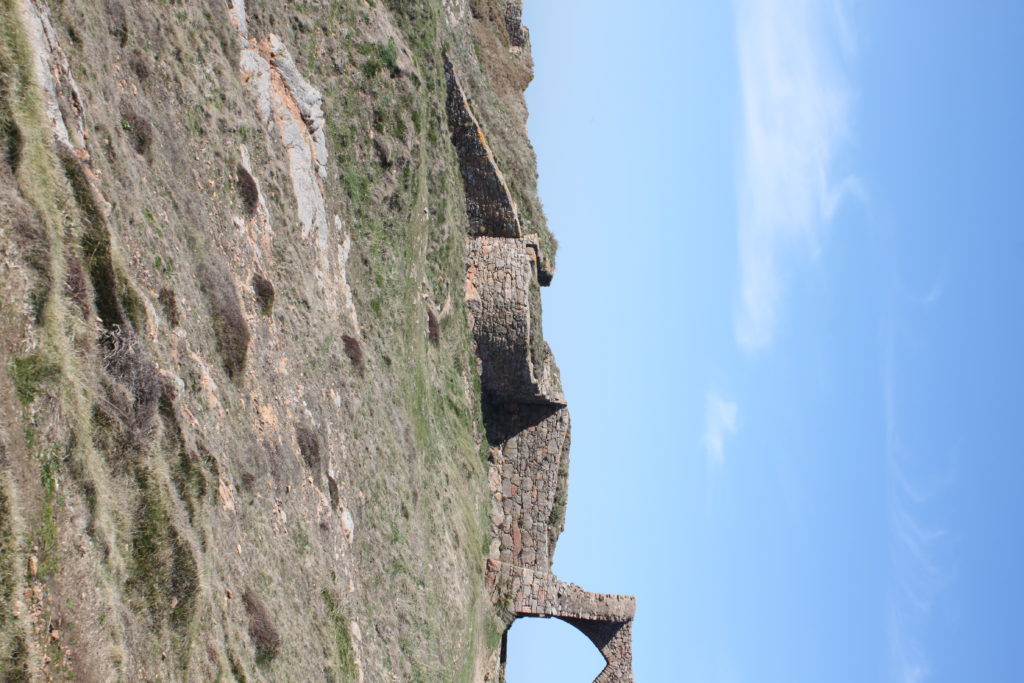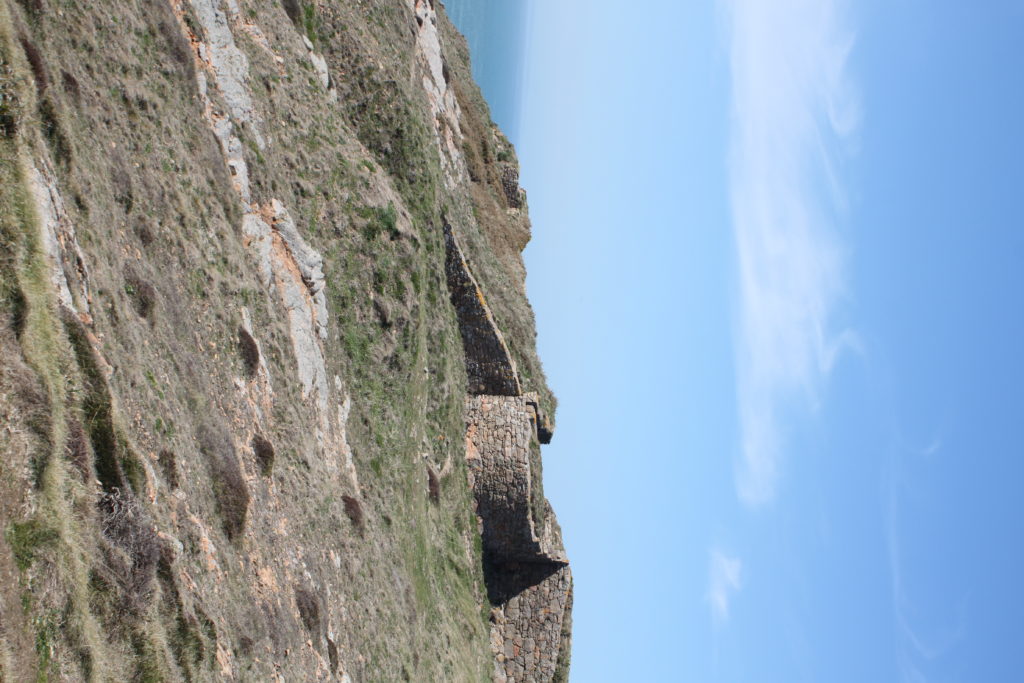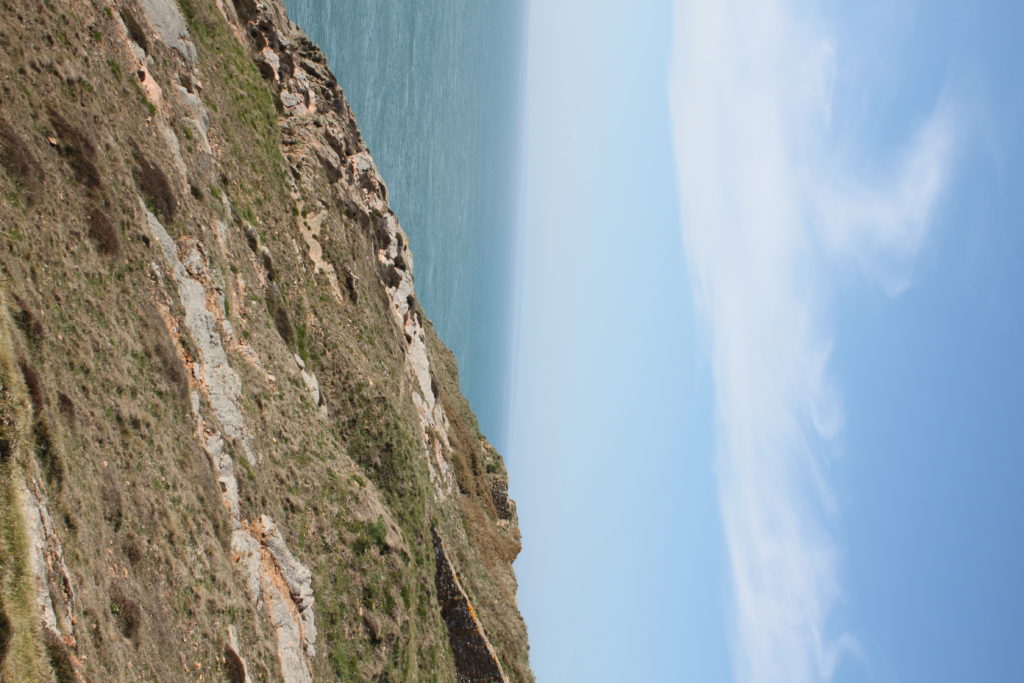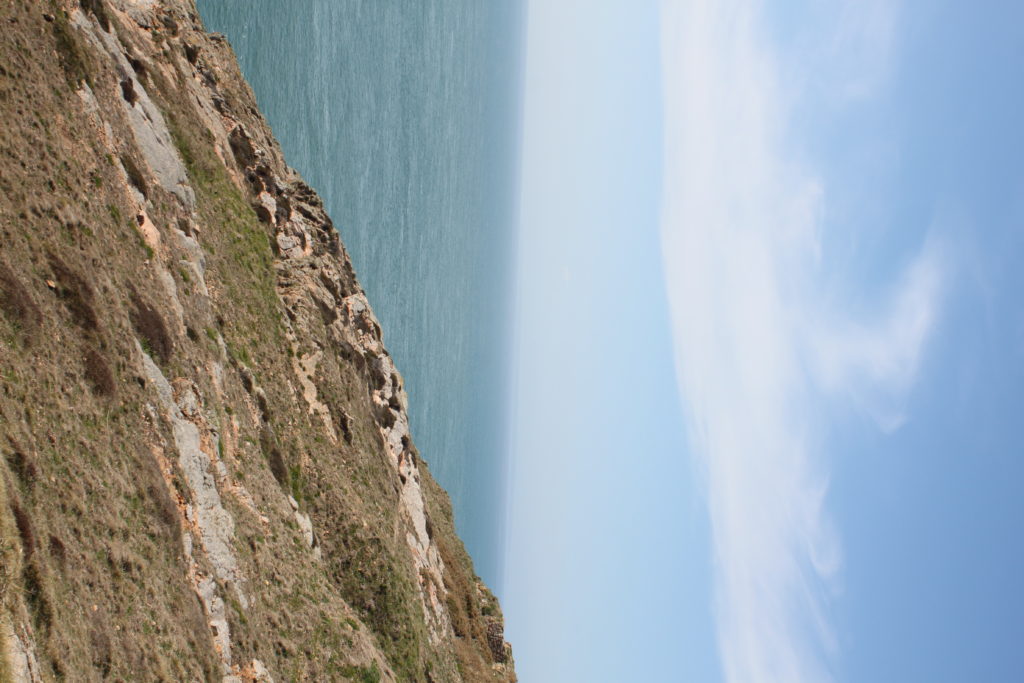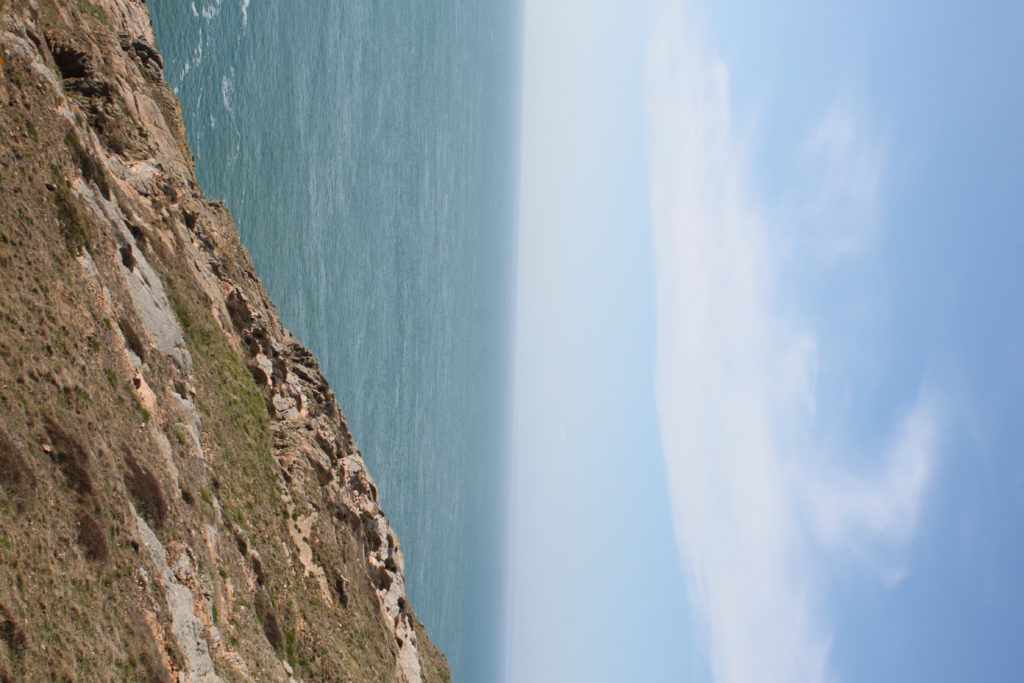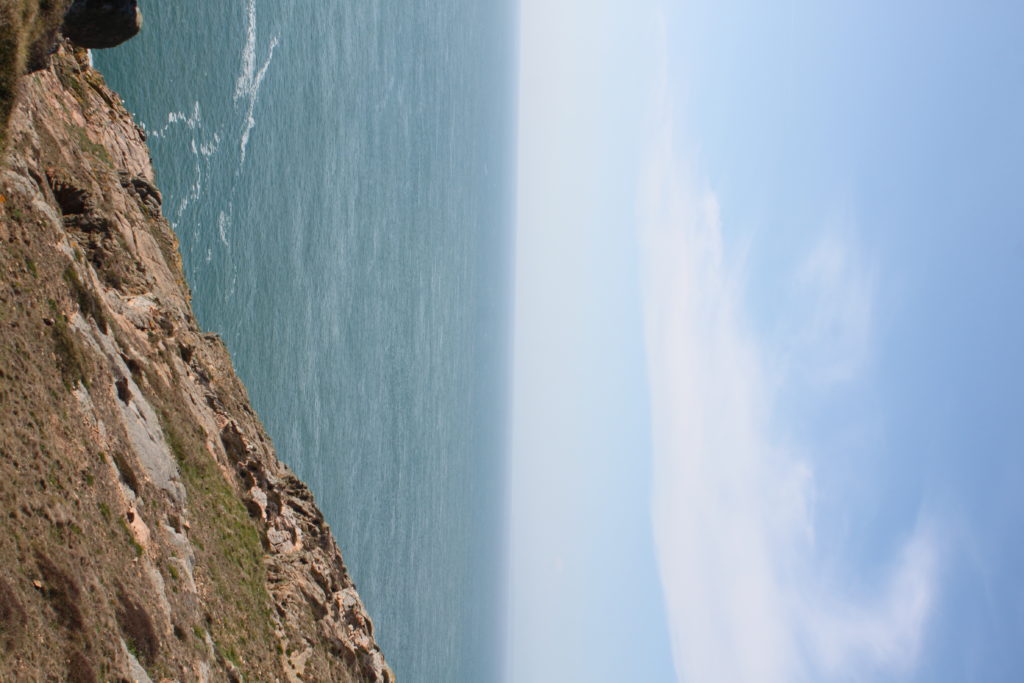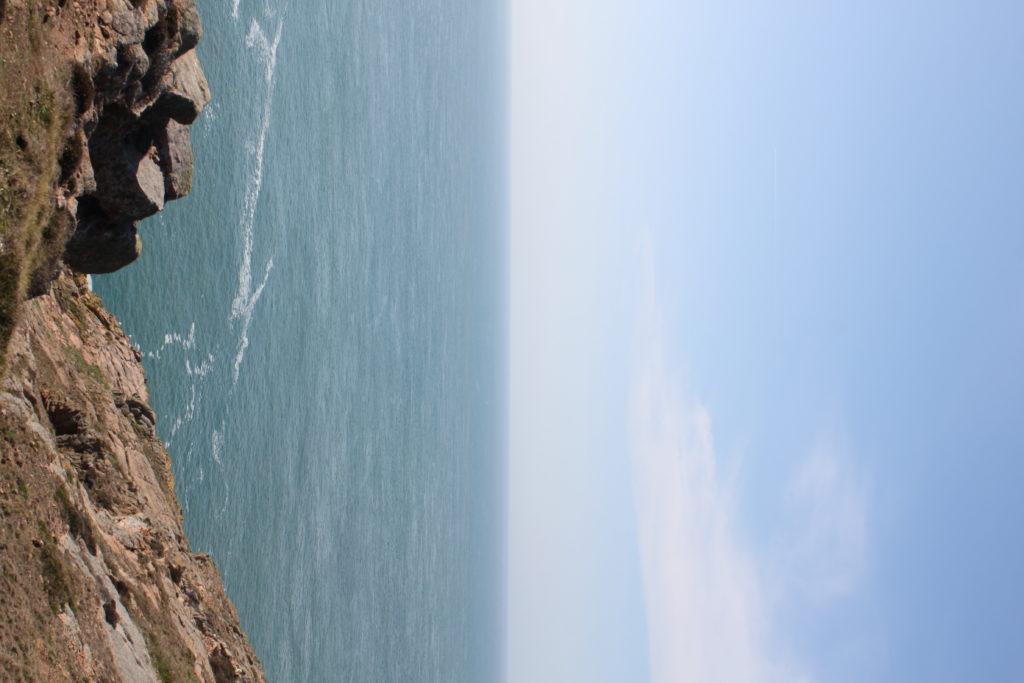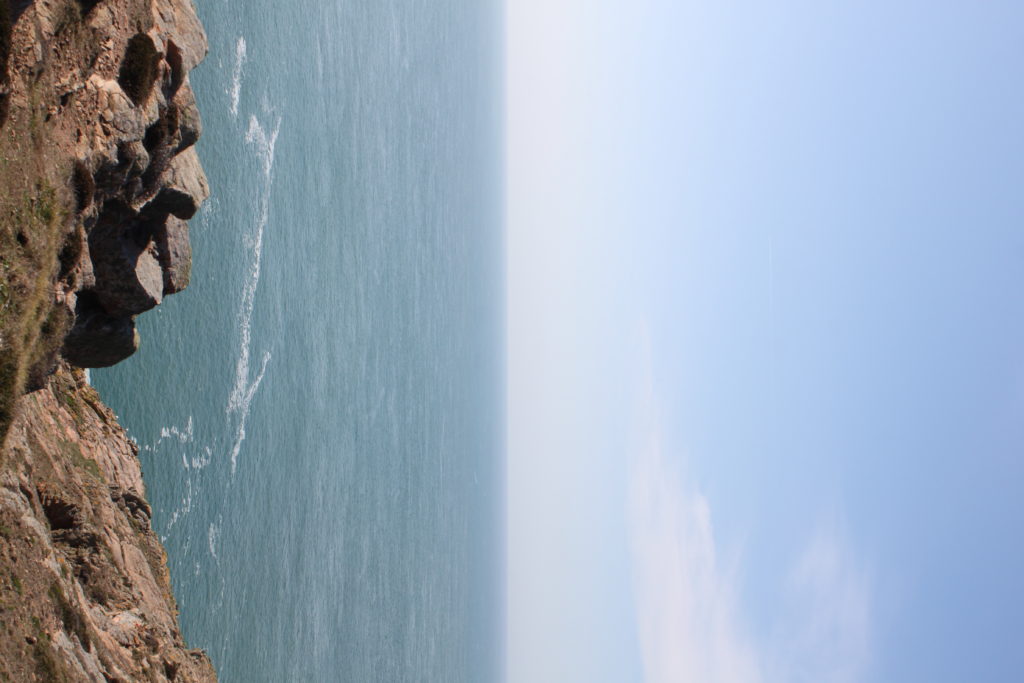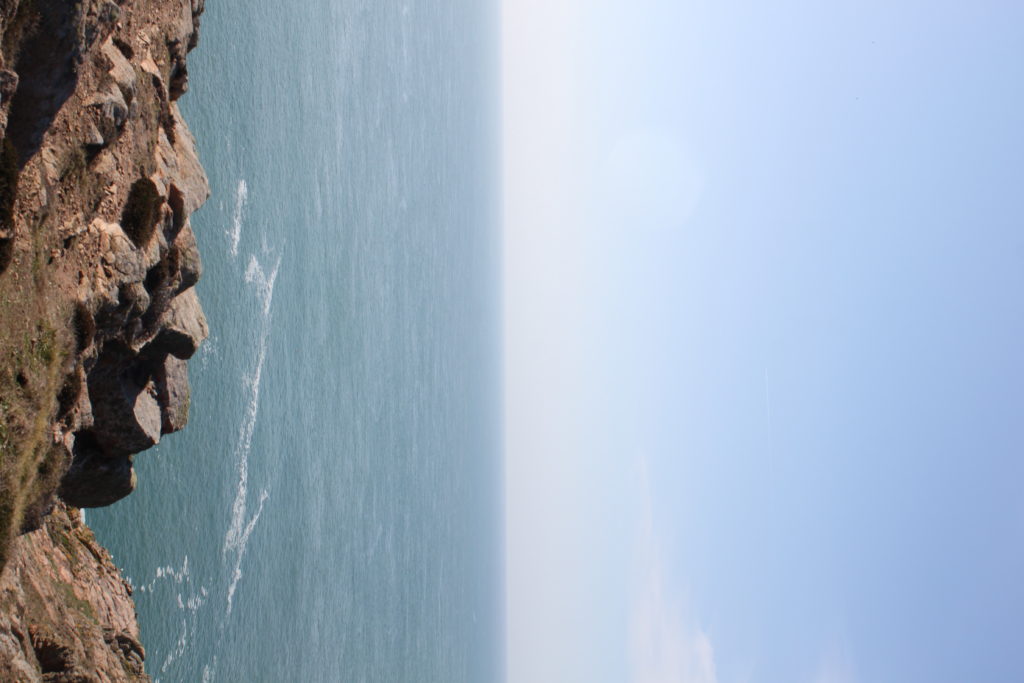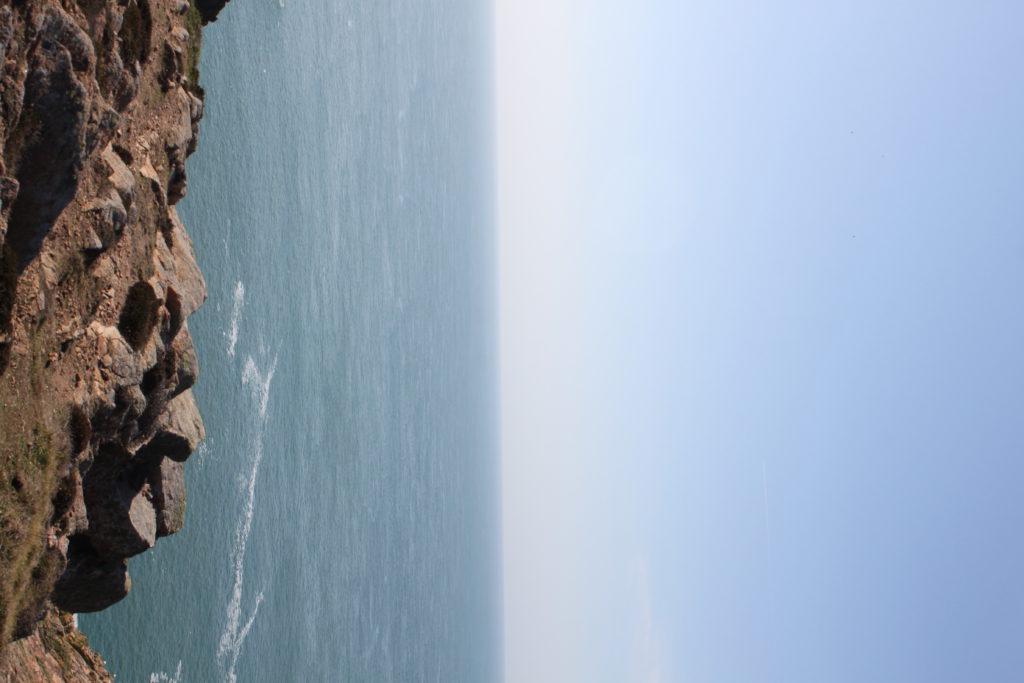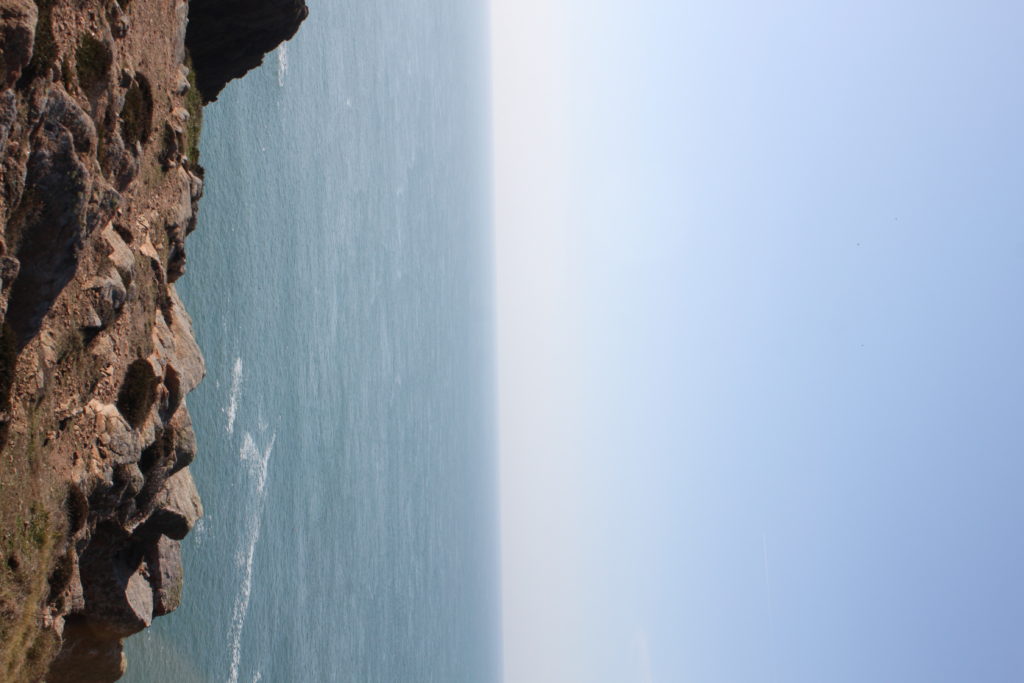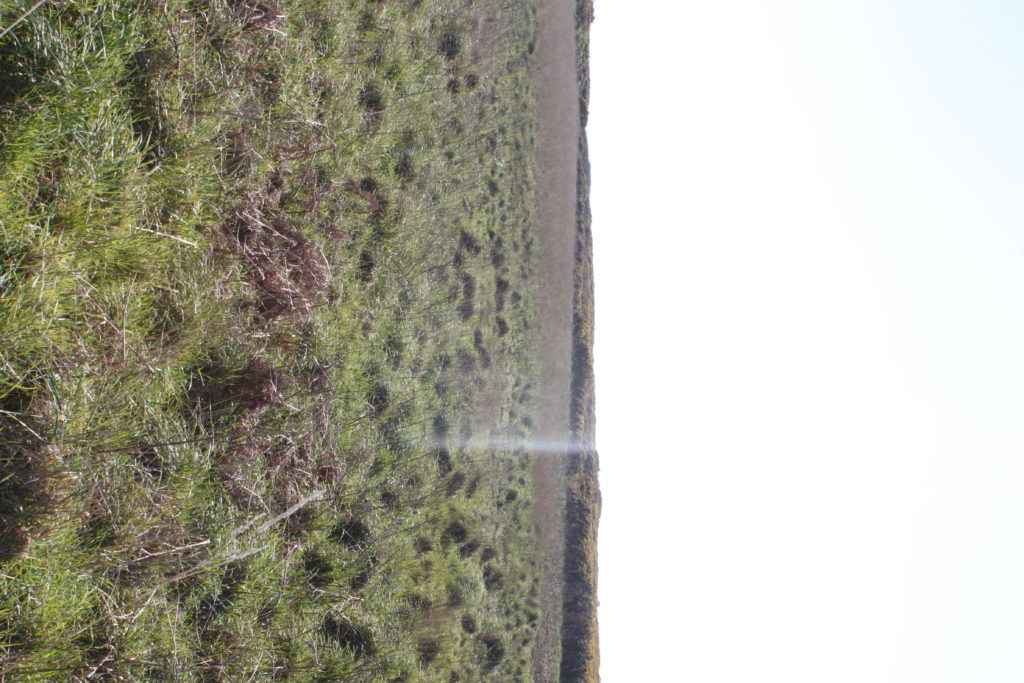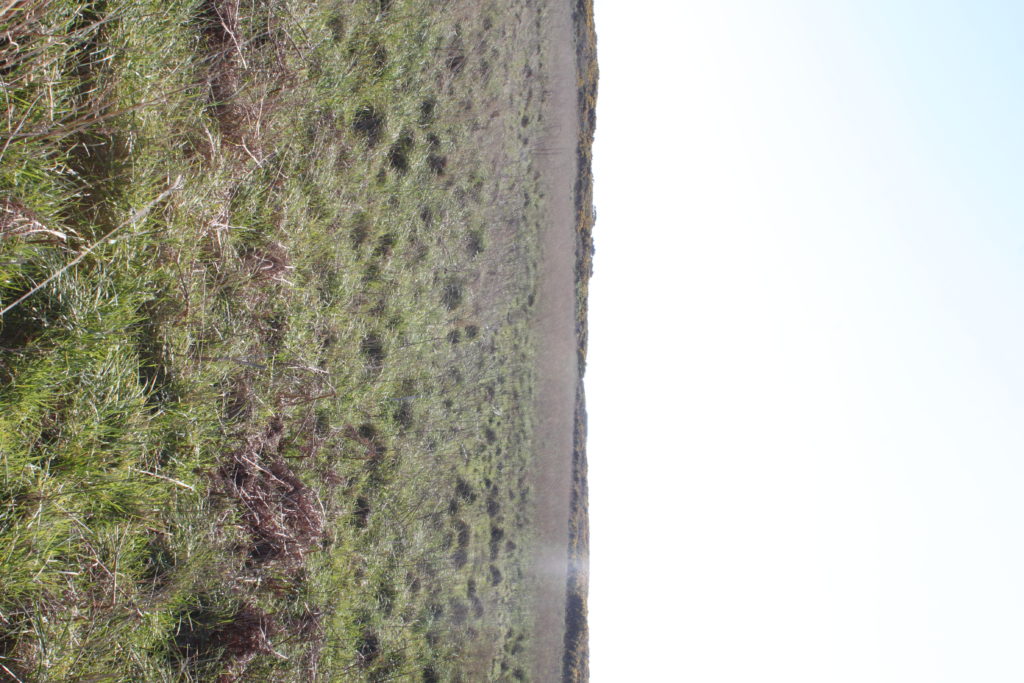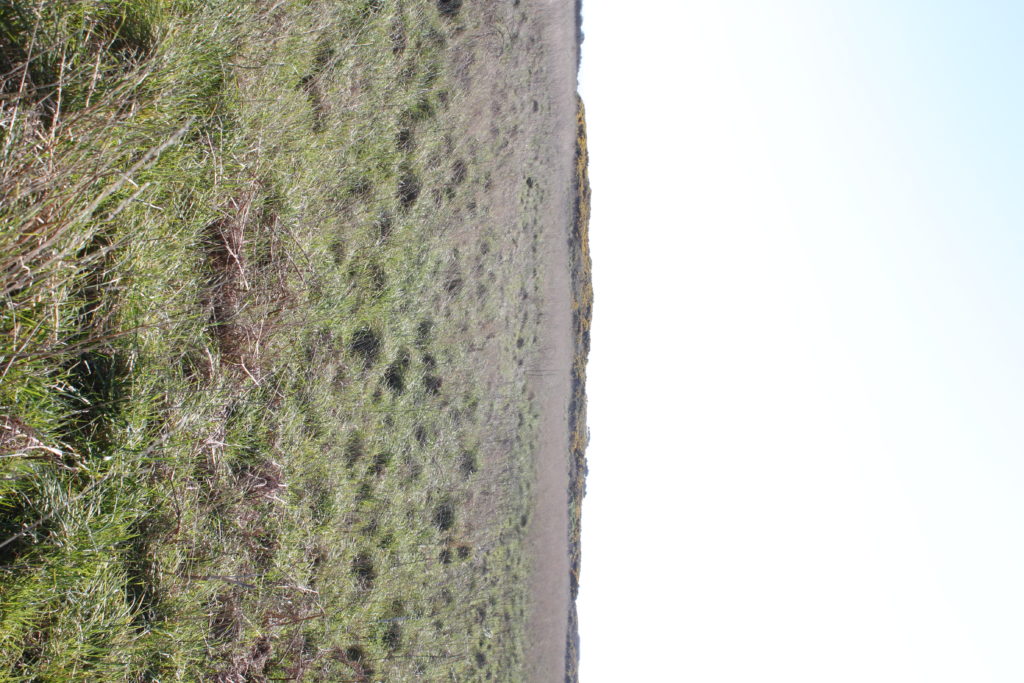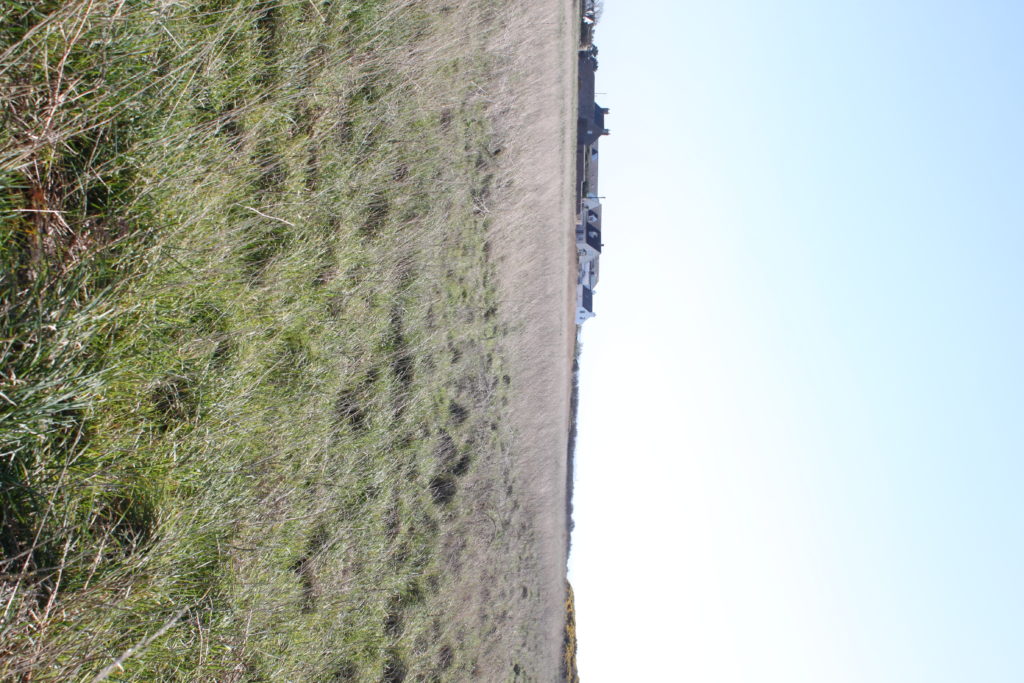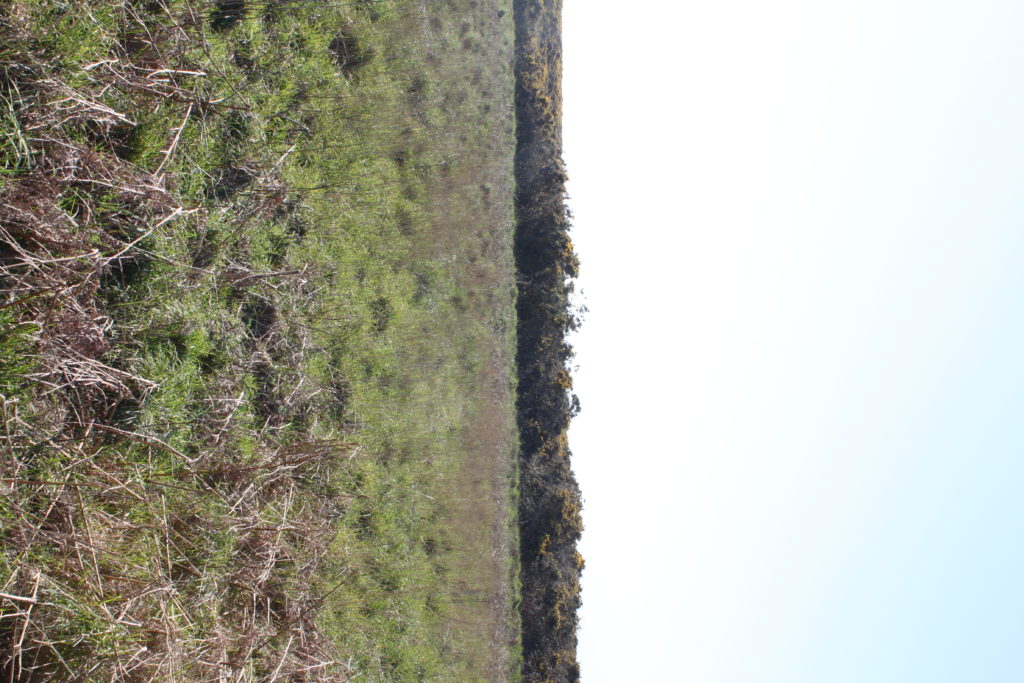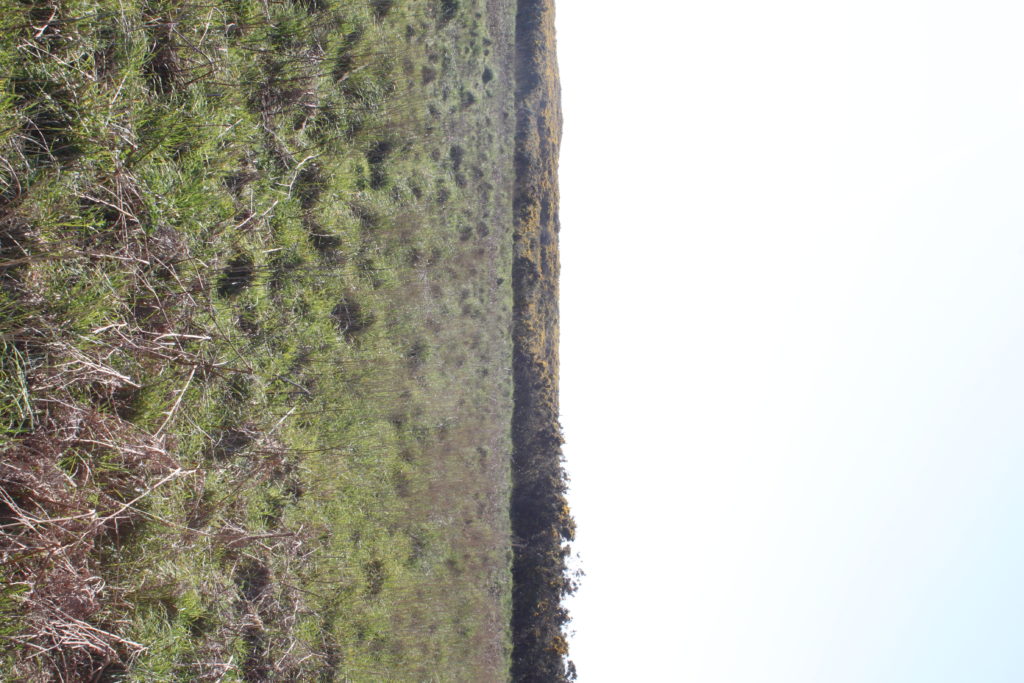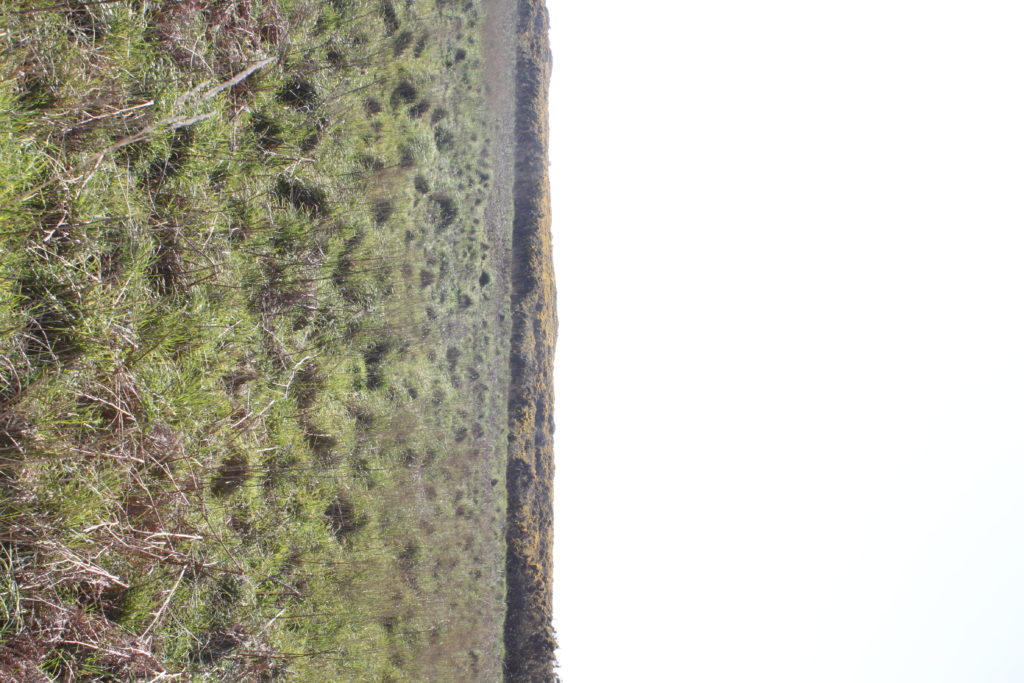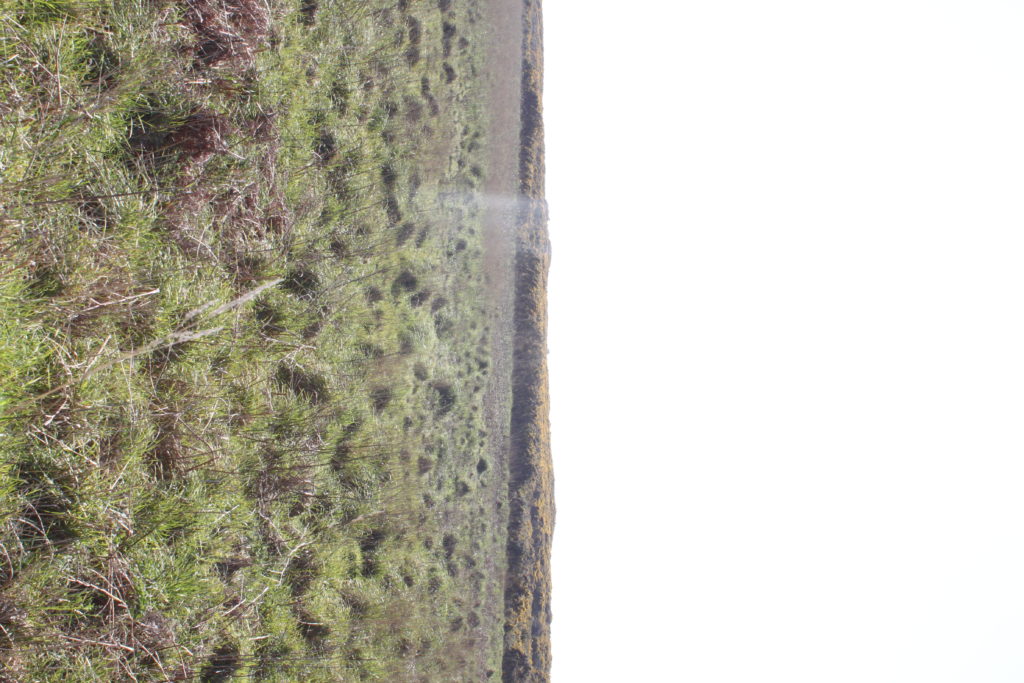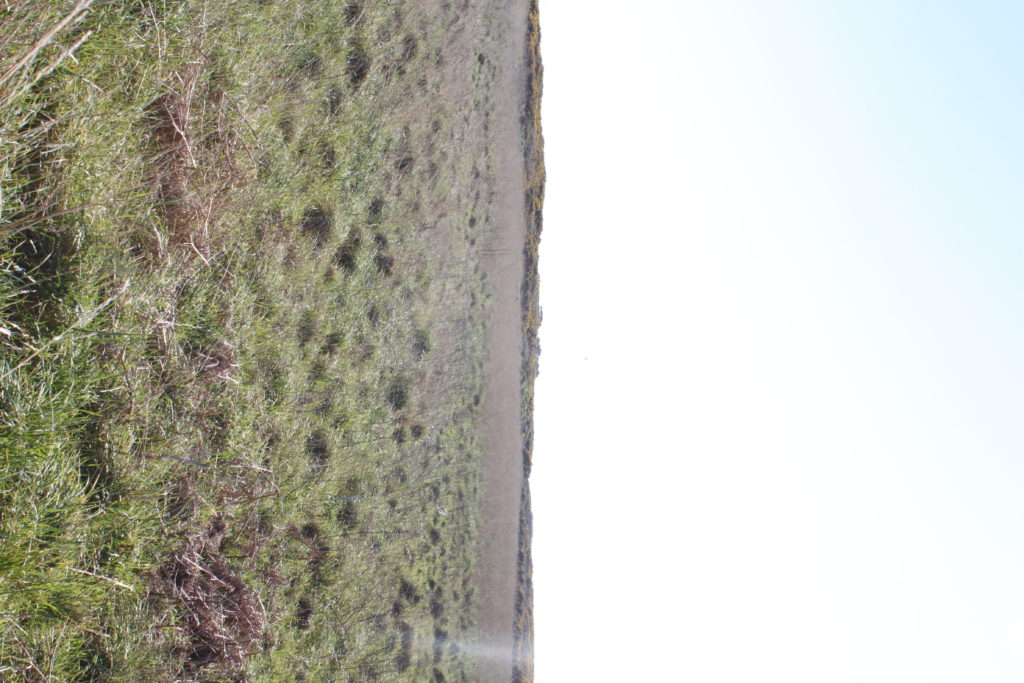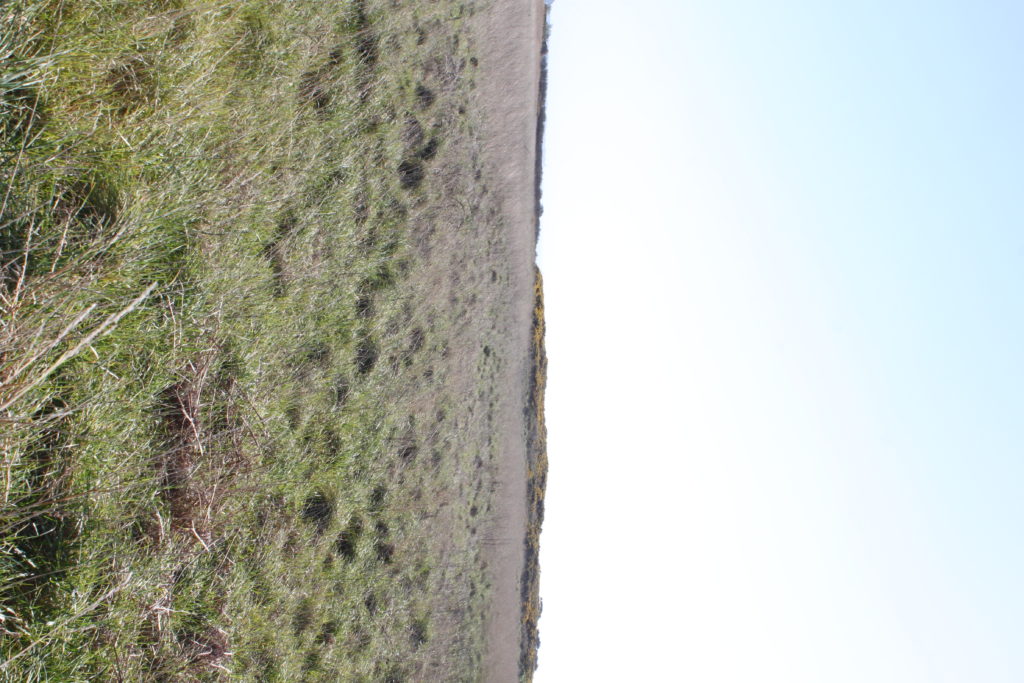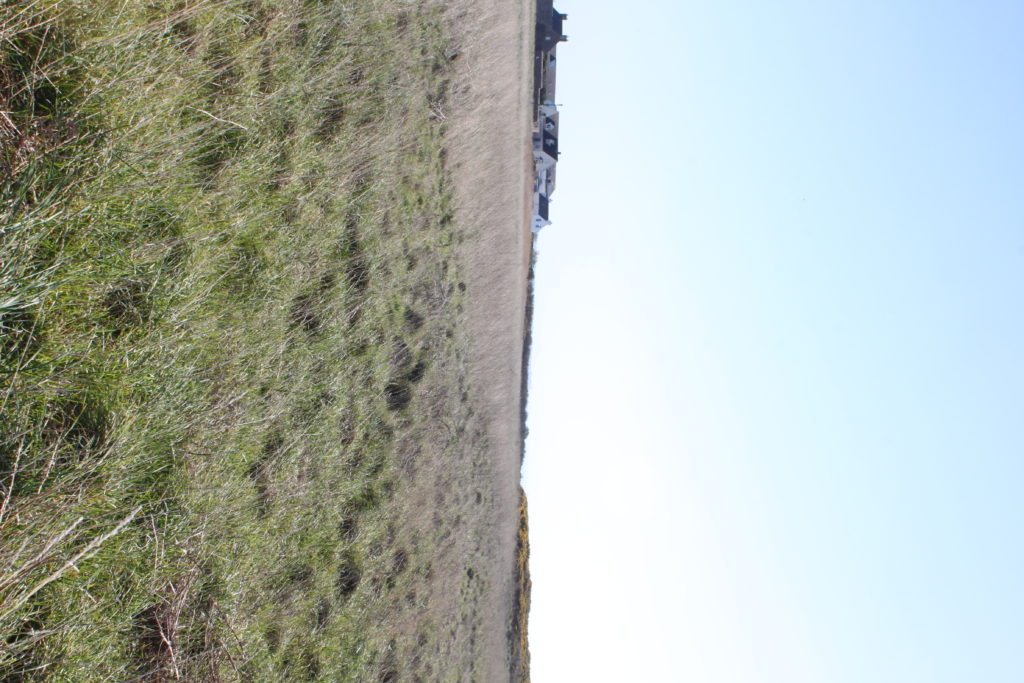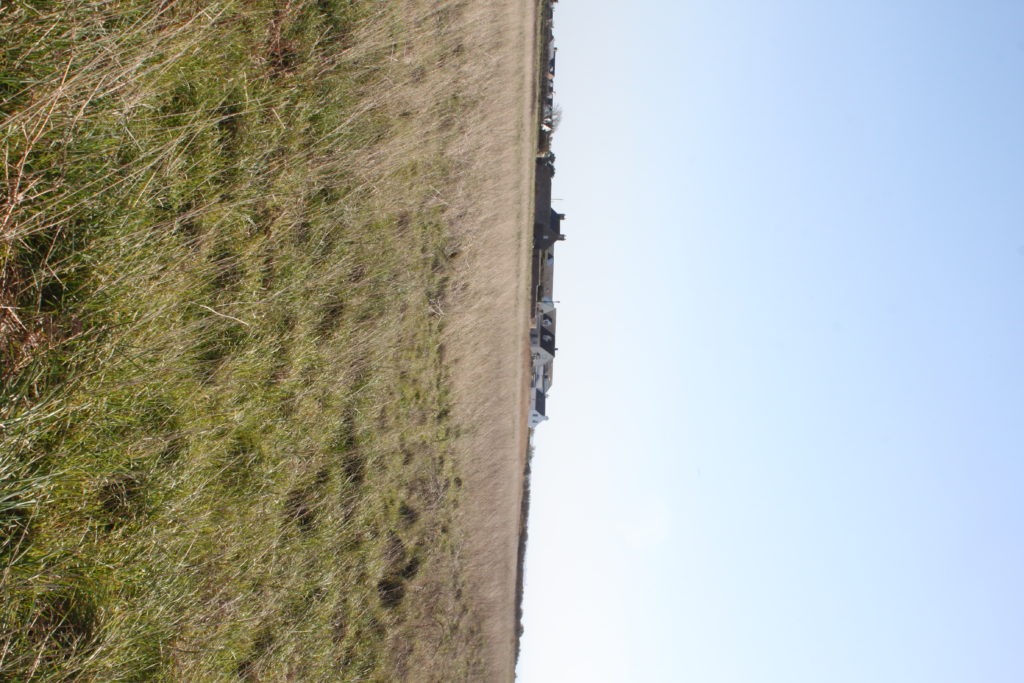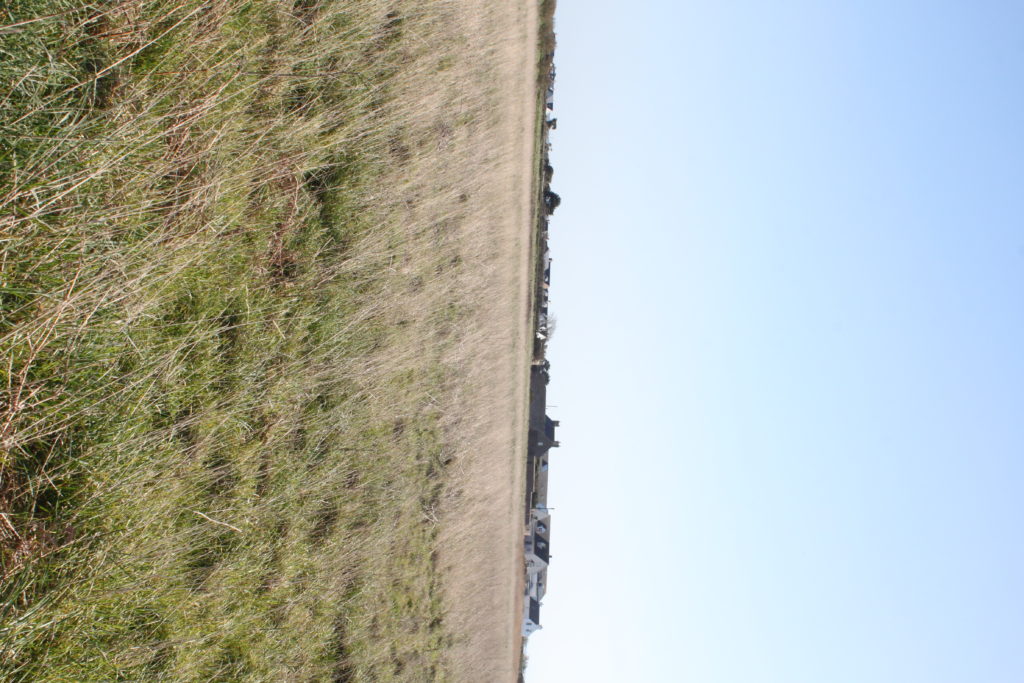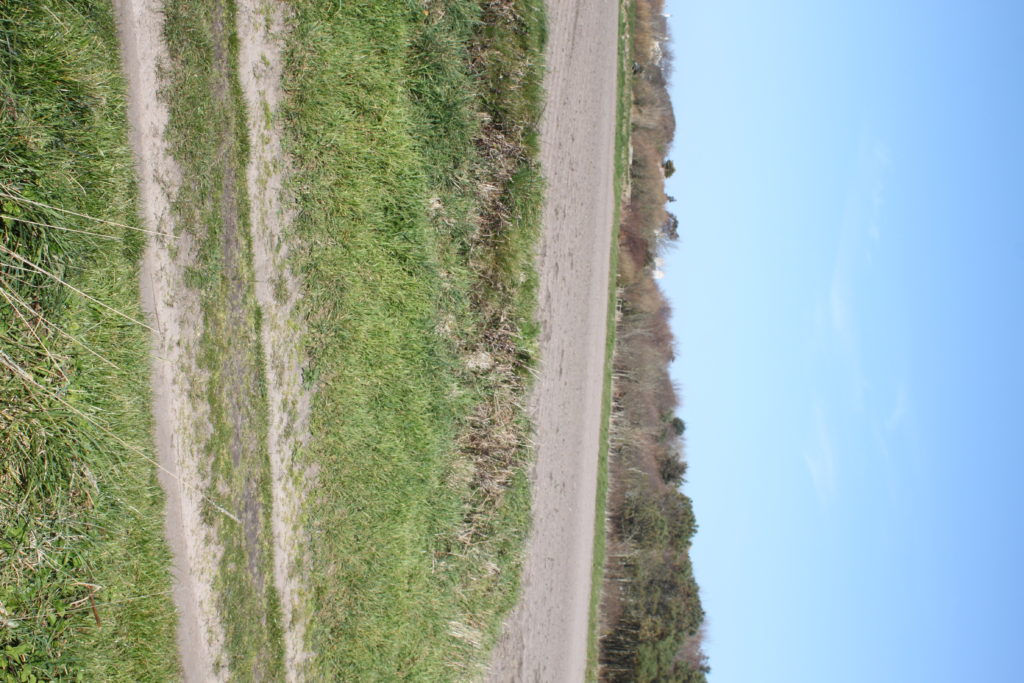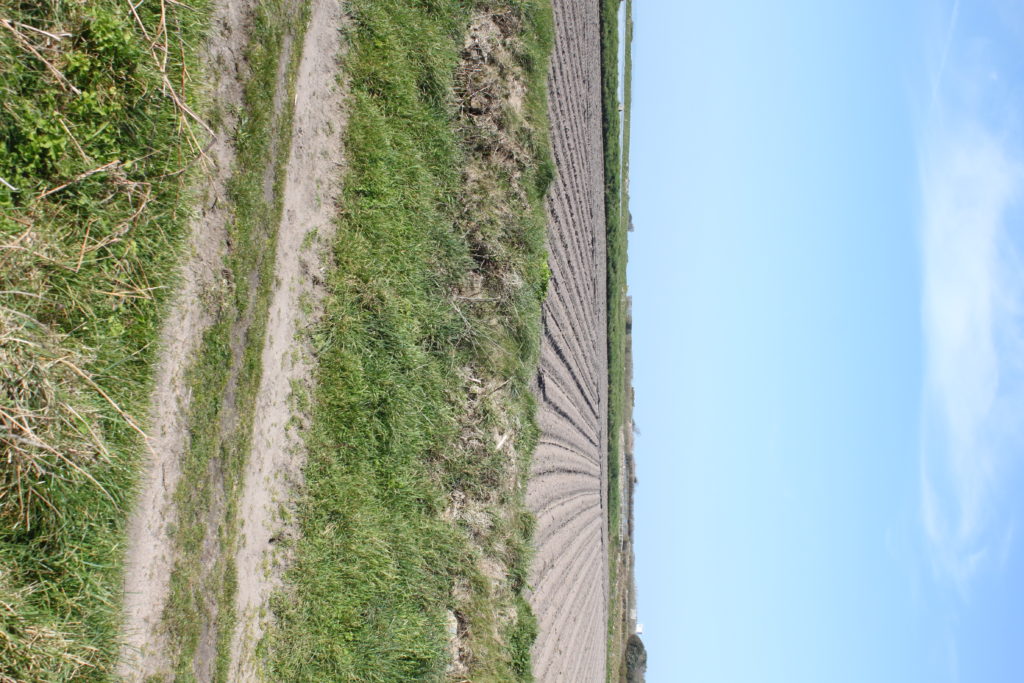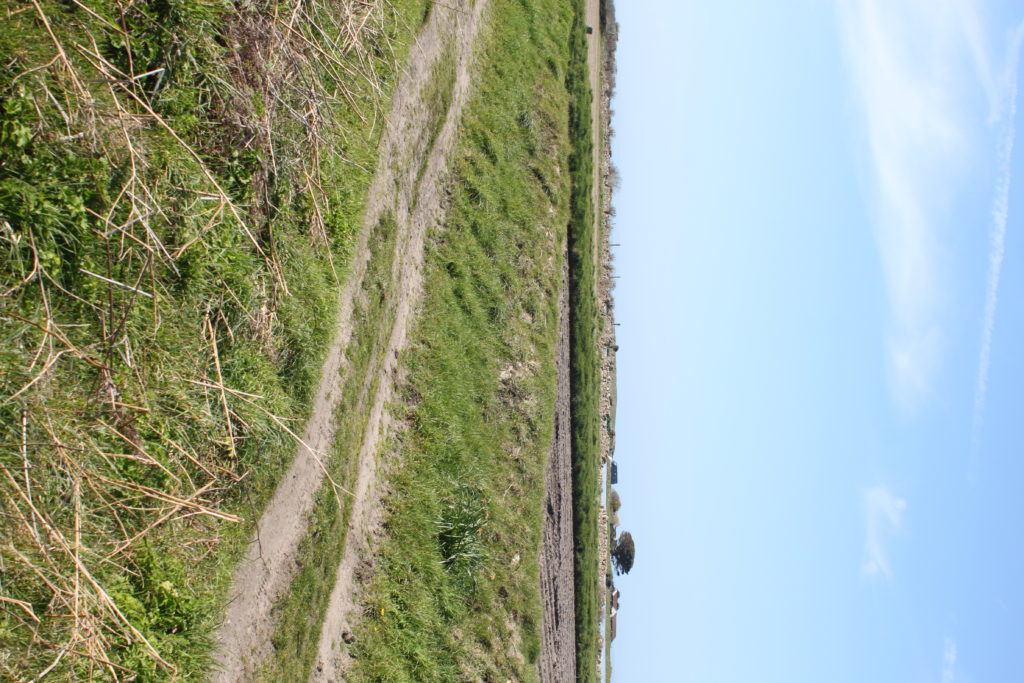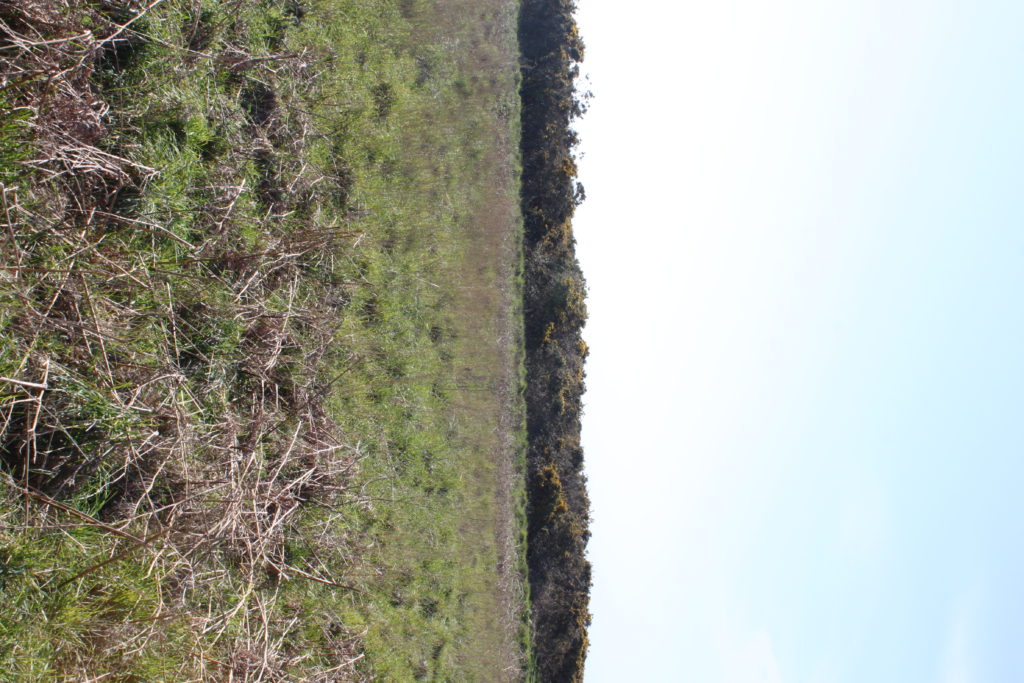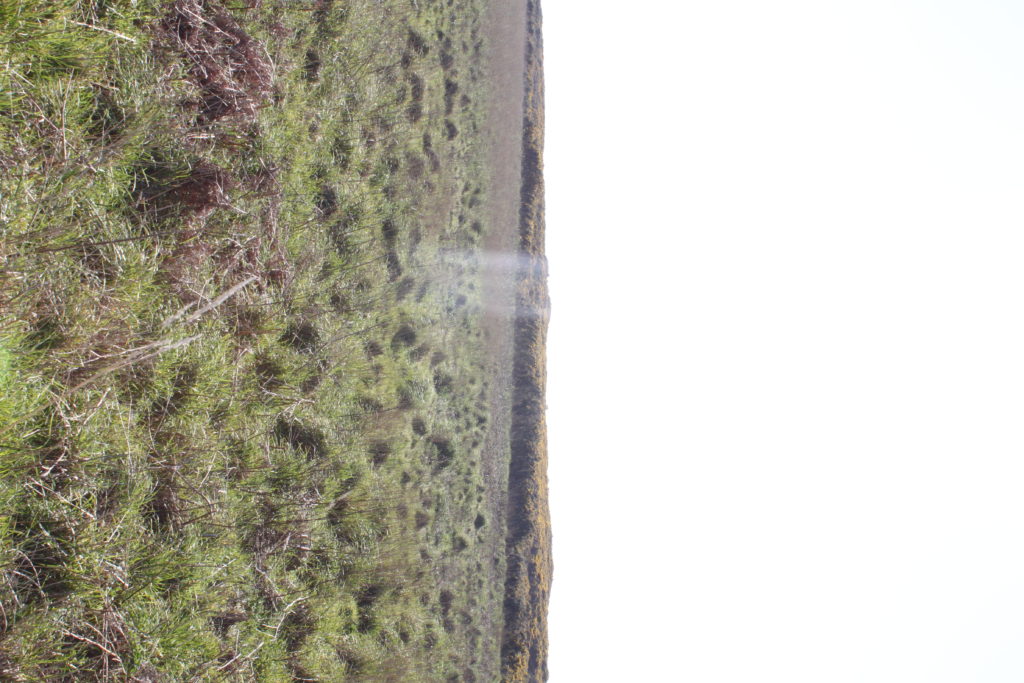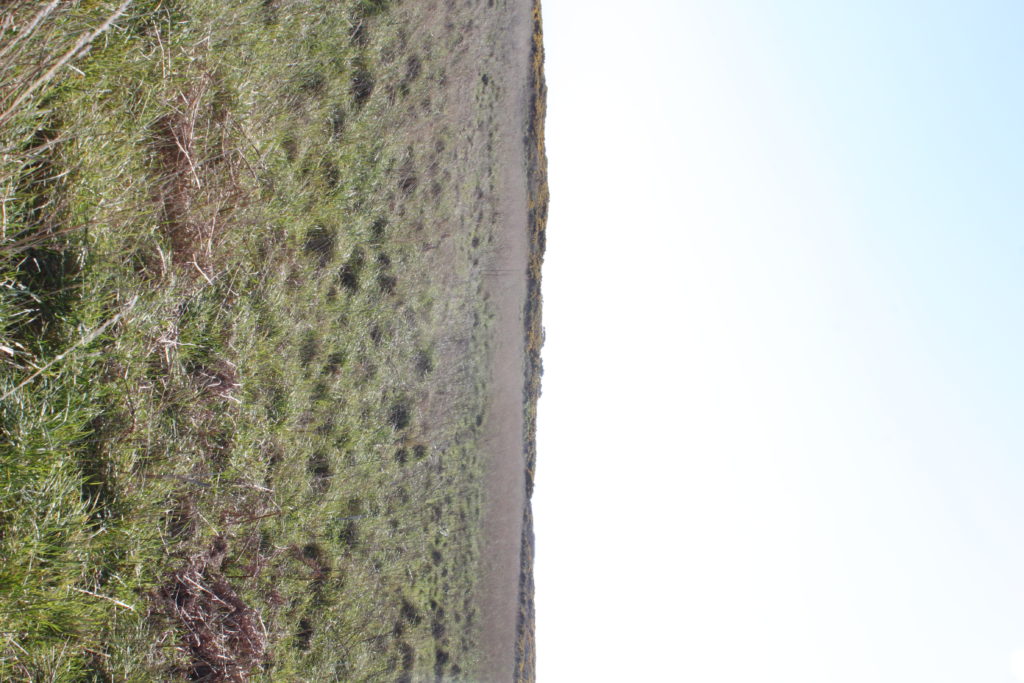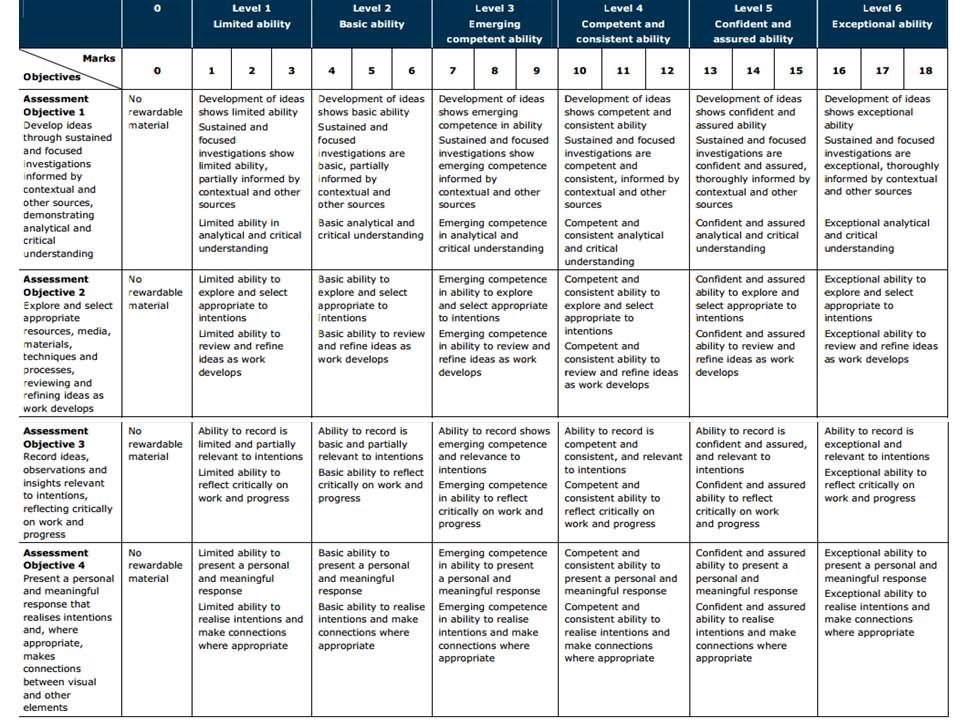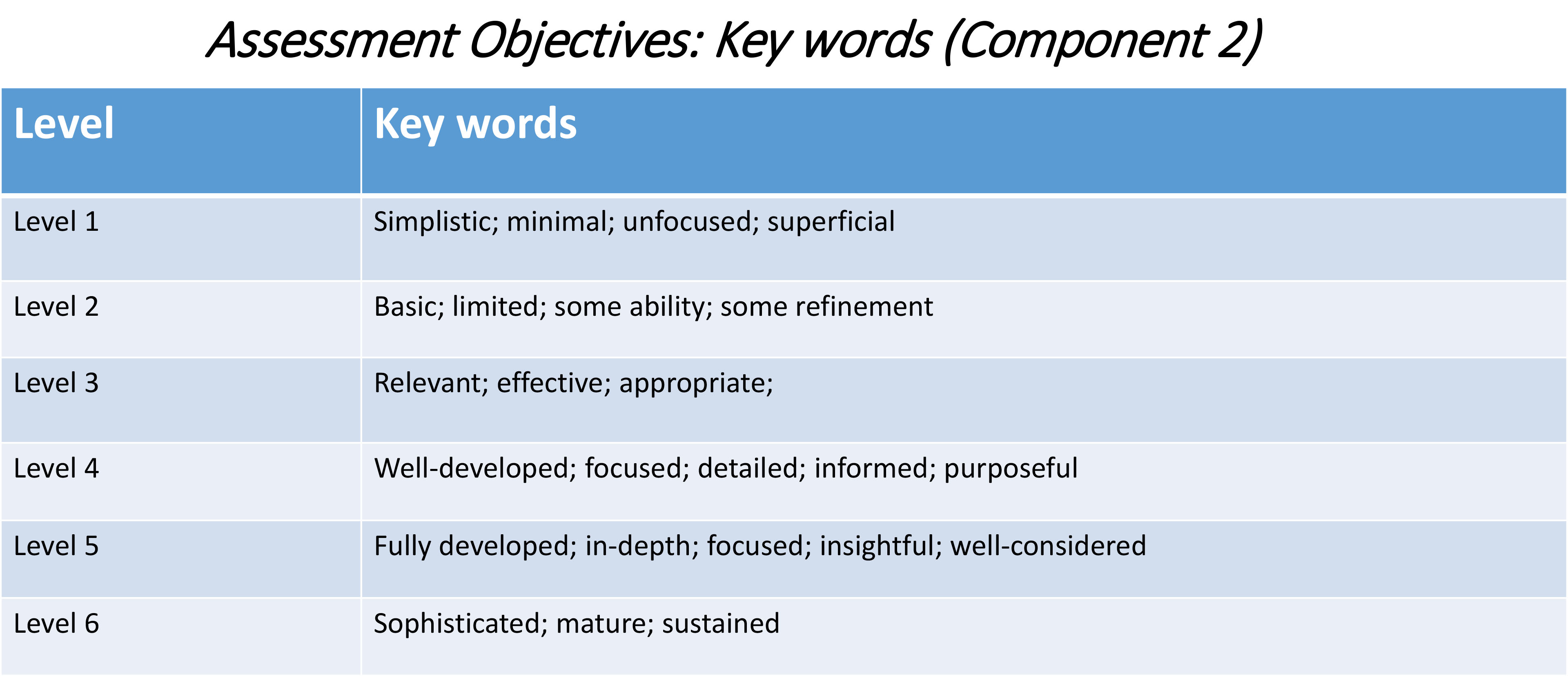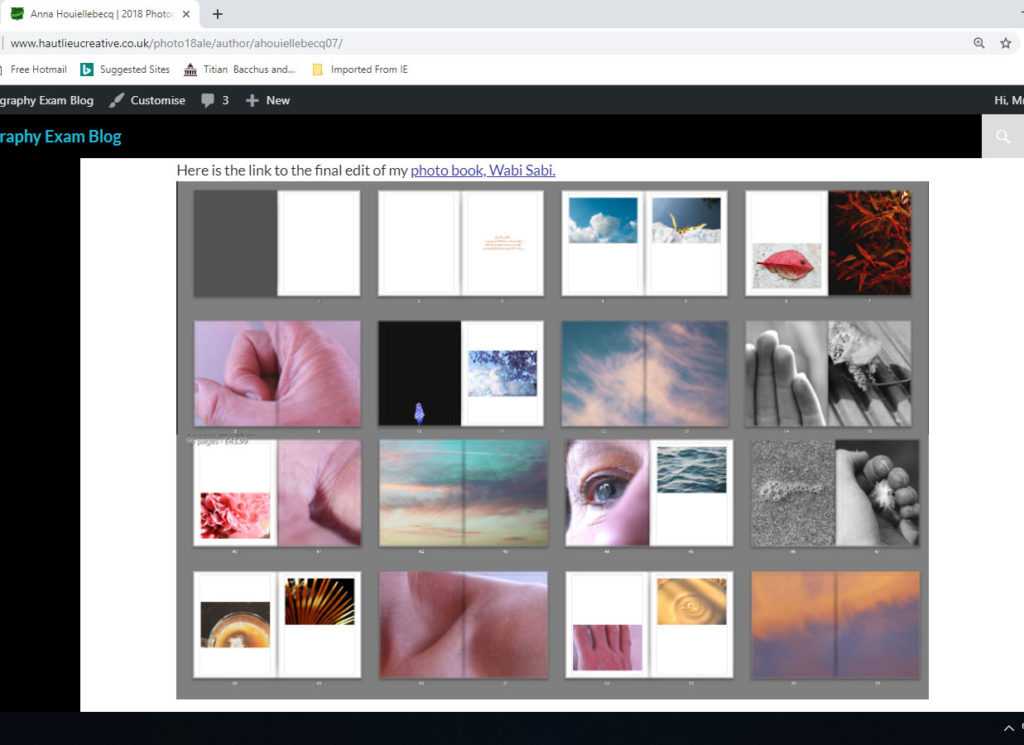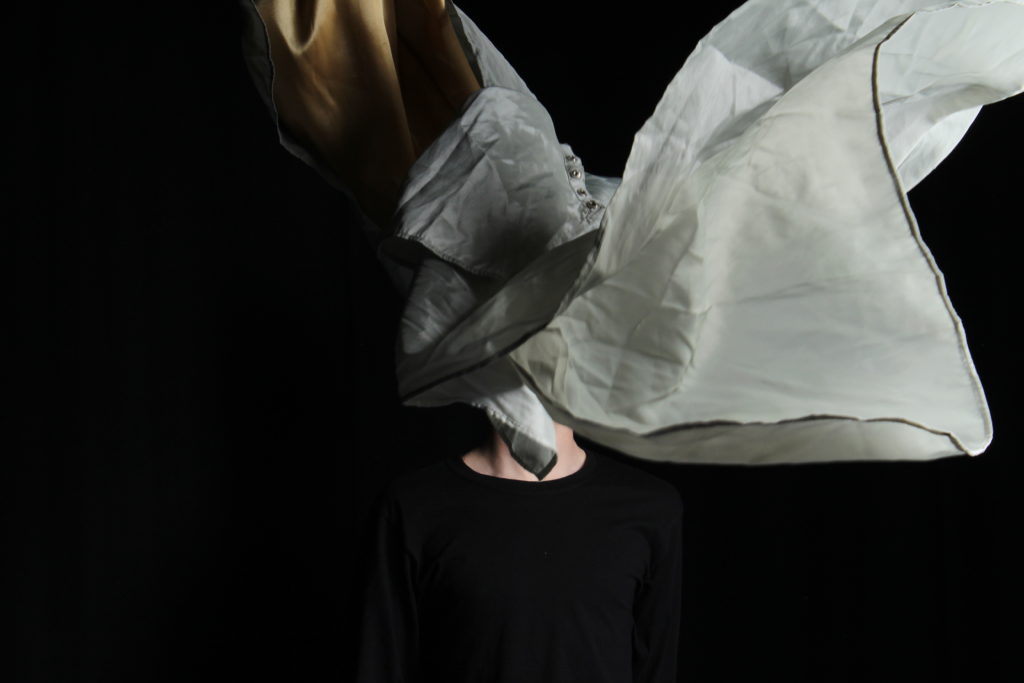My initial ideas taken from the exam paper, Similarity and Variation have stemmed from the artist Jason de Graaf from the fine art section where reflection is a prominent aspect in his paintings. I want to take ideas from this artist and use it in my photography in regards of reflection. From this I can explore natural reflections, mirrors, kaleidoscopes and layering images to repeat subjects and objects like the repetition and reflection of mirrors. For example, some of Claud Cahun’s work shows layering and reflection of images to create surreal images through photo montages and performances.


179mm x 237mm 

I also want to explore creating GIFS, which takes the idea of moving through similar images to create a moving action or performance. For example Edweard Muybridge took pictures of animals walking and running to understand the way they moved. This then created a series of photos that represented film but in the form of a series of still images. Following up on the idea of montages, Thomas Florschuetz creates interesting compositions of individual images to create new images of abstract forms from portraits.
Étienne-Jules Marey was a French scientist, physiologist and chronophotographer. His work was significant in the development of cardiology, physical instrumentation, aviation, cinematography and the science of laboratory photography. Most of his photographs demonstrated and documented movement. All of his photographs are layered individual photos to evaluate movement in one photo. This also directly links to variation and similarity as each everyday movement that people and animals make, from walking to dancing is a variation of different and the same, simple movements.
CONCEPTS
As a drama student, movement is very important to completely portray another person. Whenever I am assigned a new character for a play, I constantly study the people I interact with. I analyse their mannerisms and pick up on the way the repeat movements when expressing themselves in certain emotions or storytelling or interactions with other people. Mannerisms tell a lot about a person, whether they have many or little movements. Even facial expressions are important to create a profile of someone. Certain facial expressions effect the way a person talks and of course, is the direct indicator of someones mood, equally so with their mannerisms. Also linking personalities with movement explains people and helps me understand varied characters that I meet in a day to day basis.
Relating to my previous project based on representation of women and how gender is performed, this analysis of movement highlights the divide between gender. Usually, you can tell when someone is acting in a certain way because they are aware how they are representing themselves and are self-conscious to fit into a particular stereotype that is constantly reinforced and pressured upon them, and when someone is not conscious of this fact. I think documenting simple acts like eating, walking and talking then comparing mannerisms and their performance with other individuals, particularly people of the opposite sex to see how far people have divided themselves within gender.
In this project I would like to research various playwrights who focus on movement rather than words, such as Antonin Artaud ‘Theatre of Cruelty’, and theorists such as Judith Butler and her ‘Performative Theory’.






